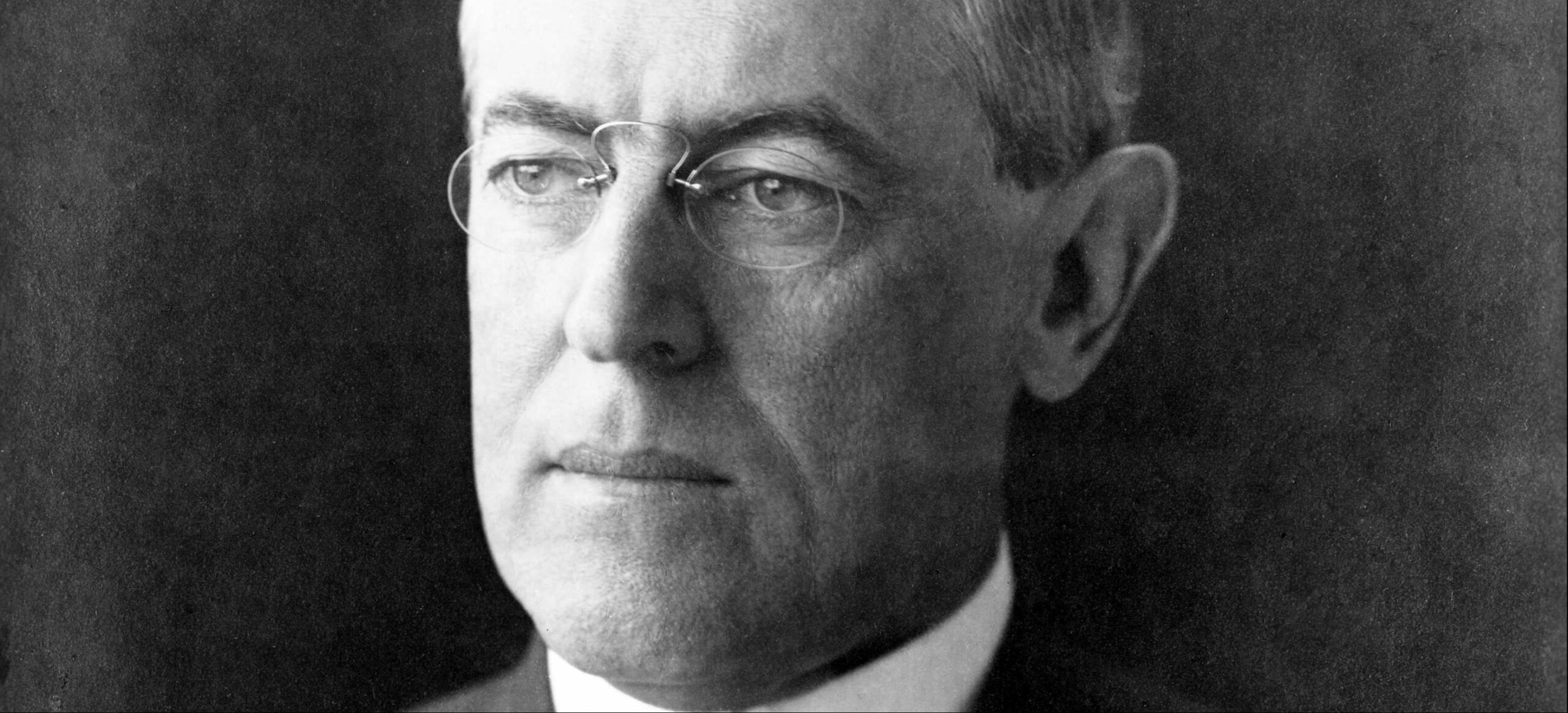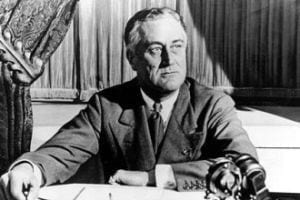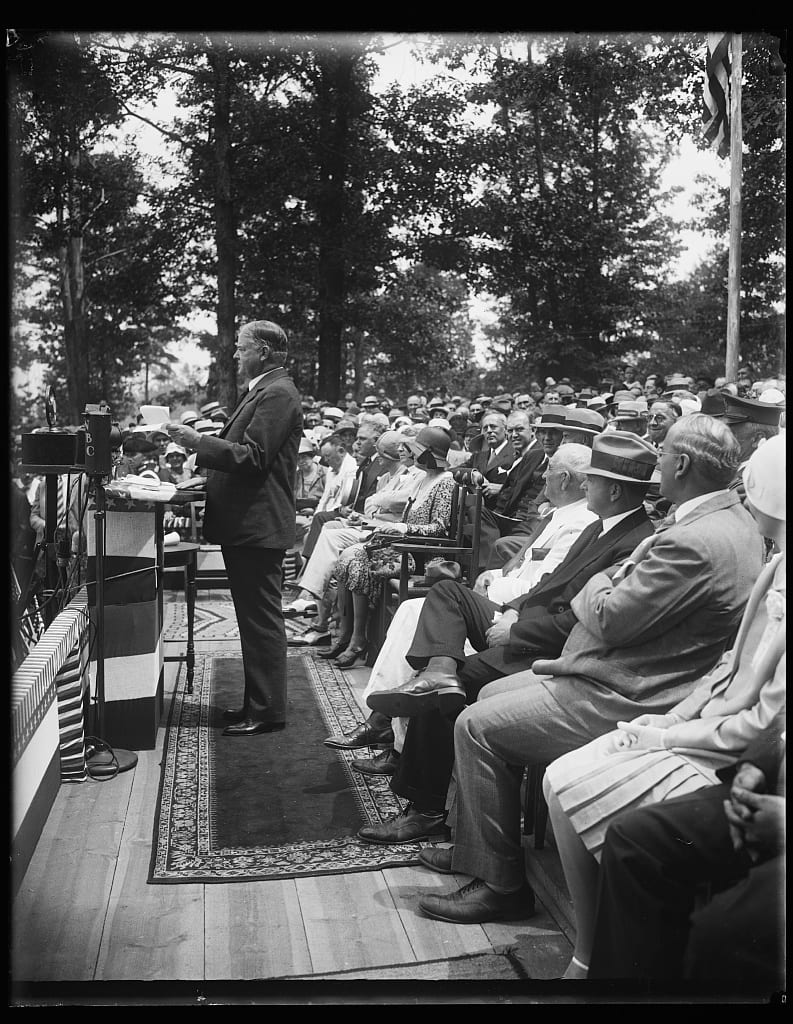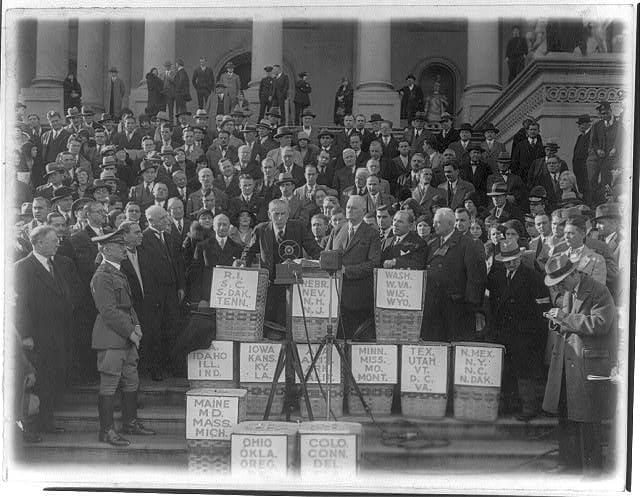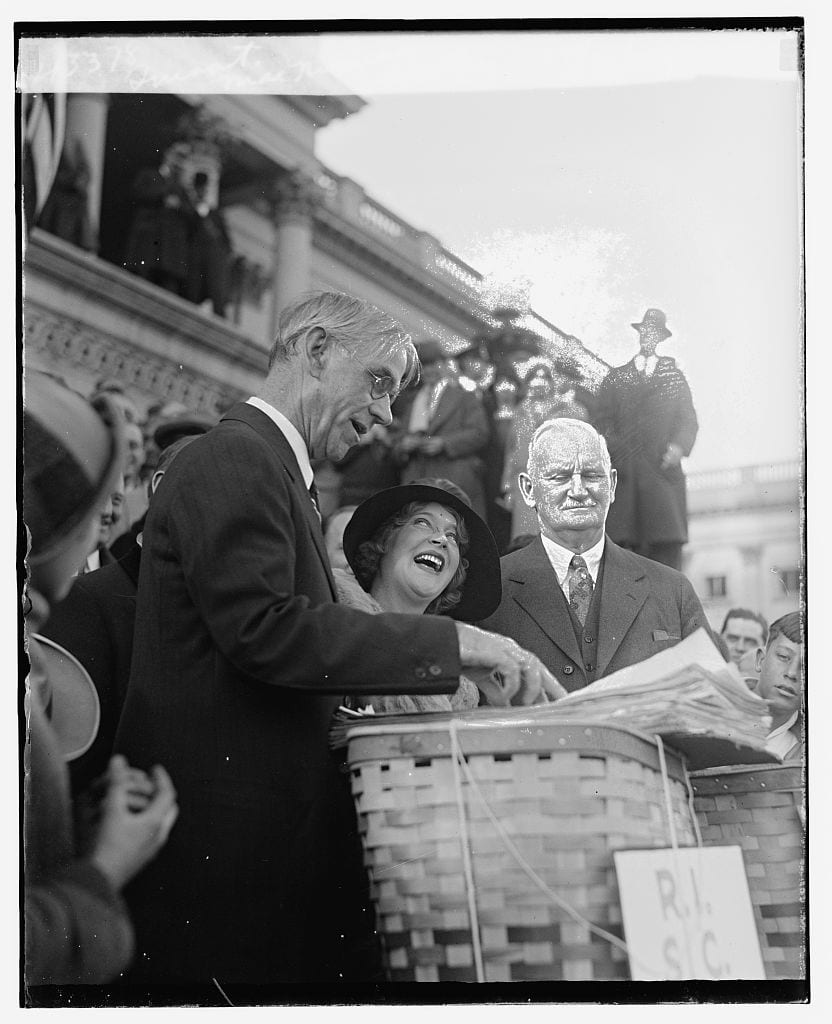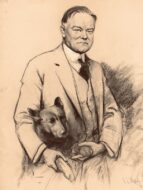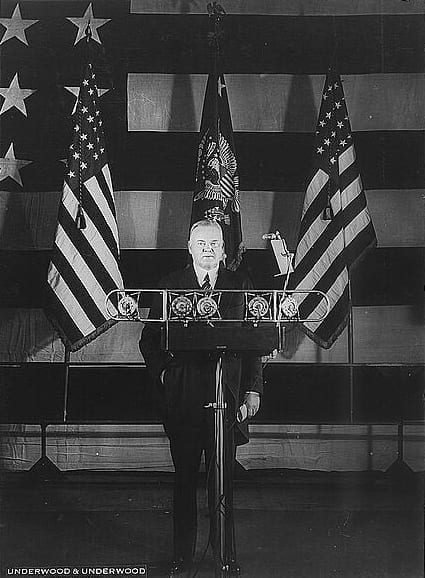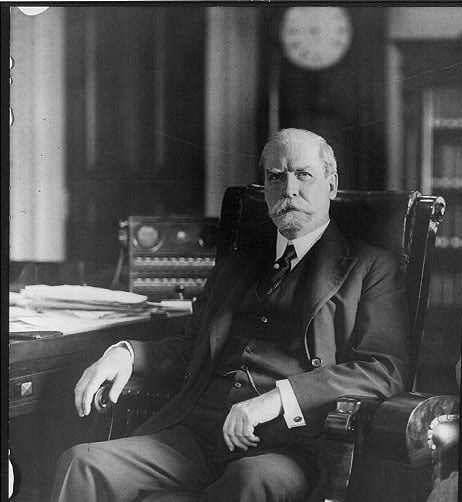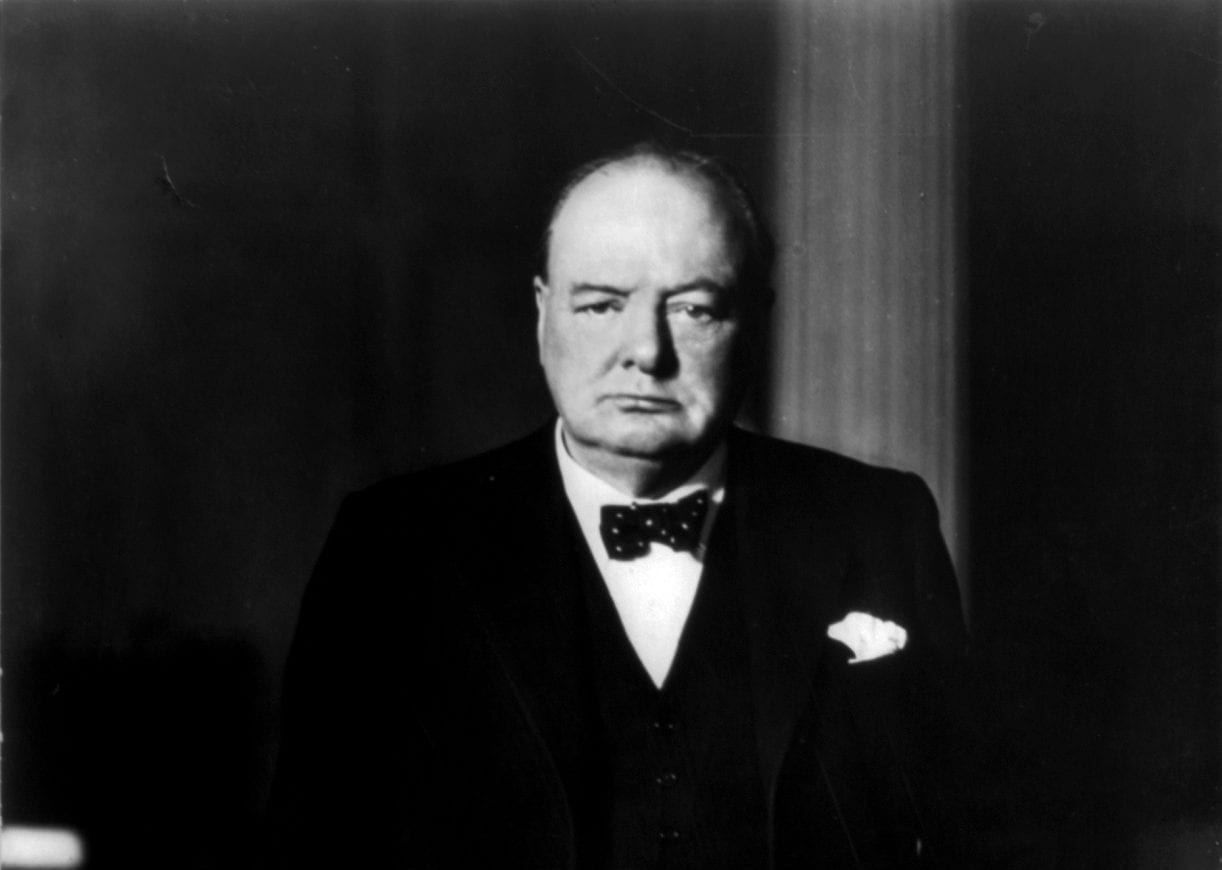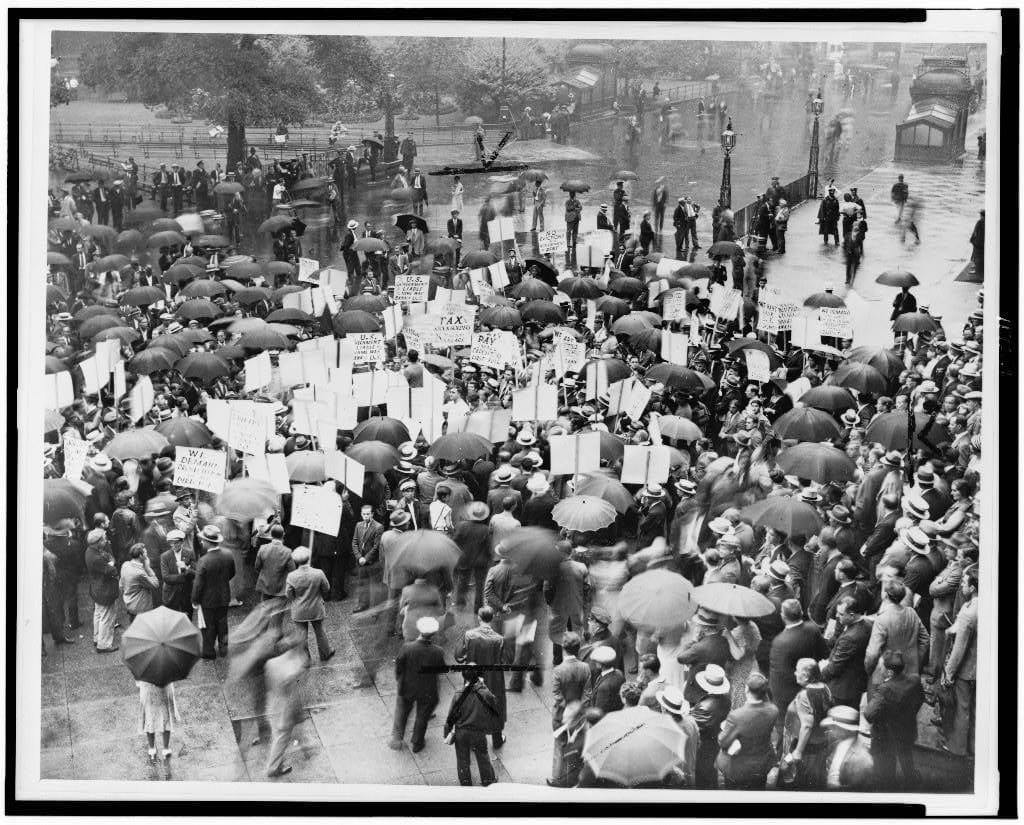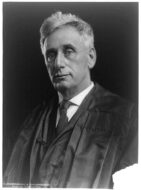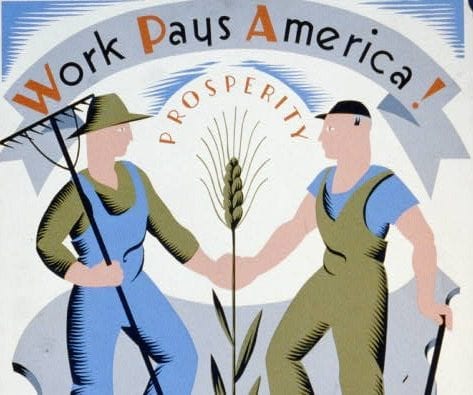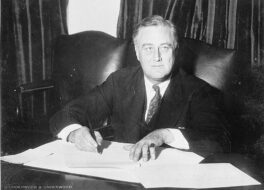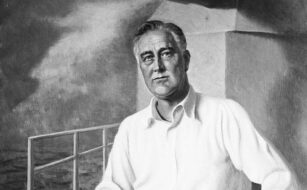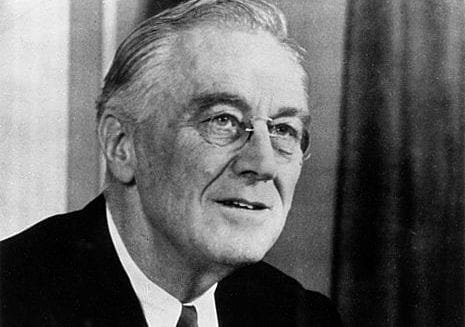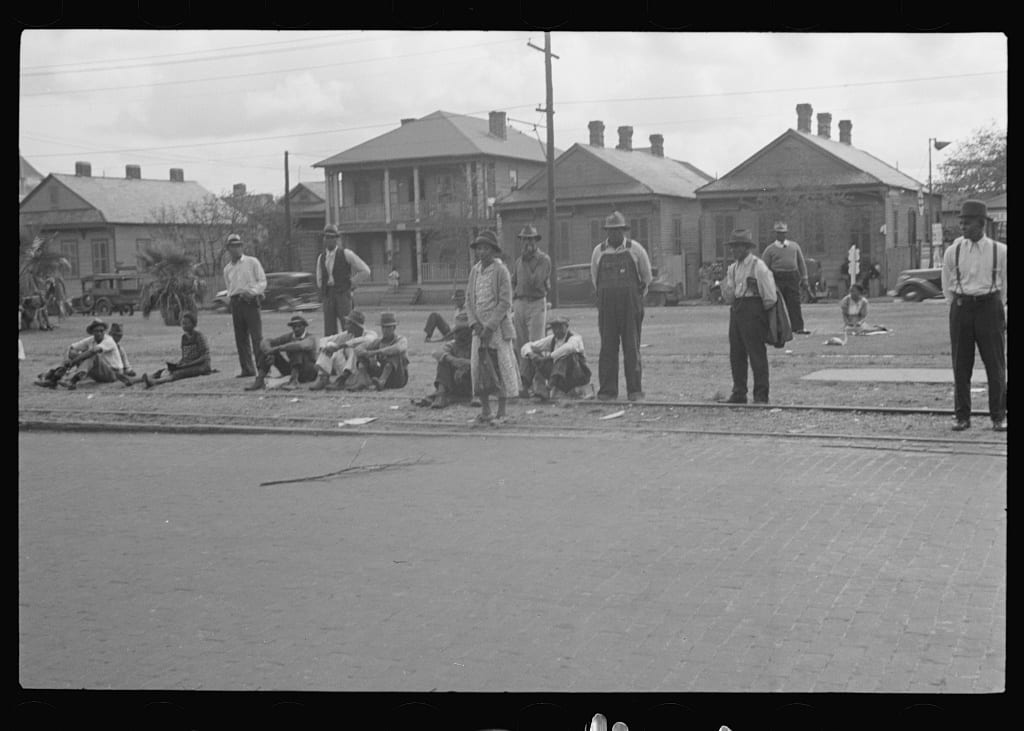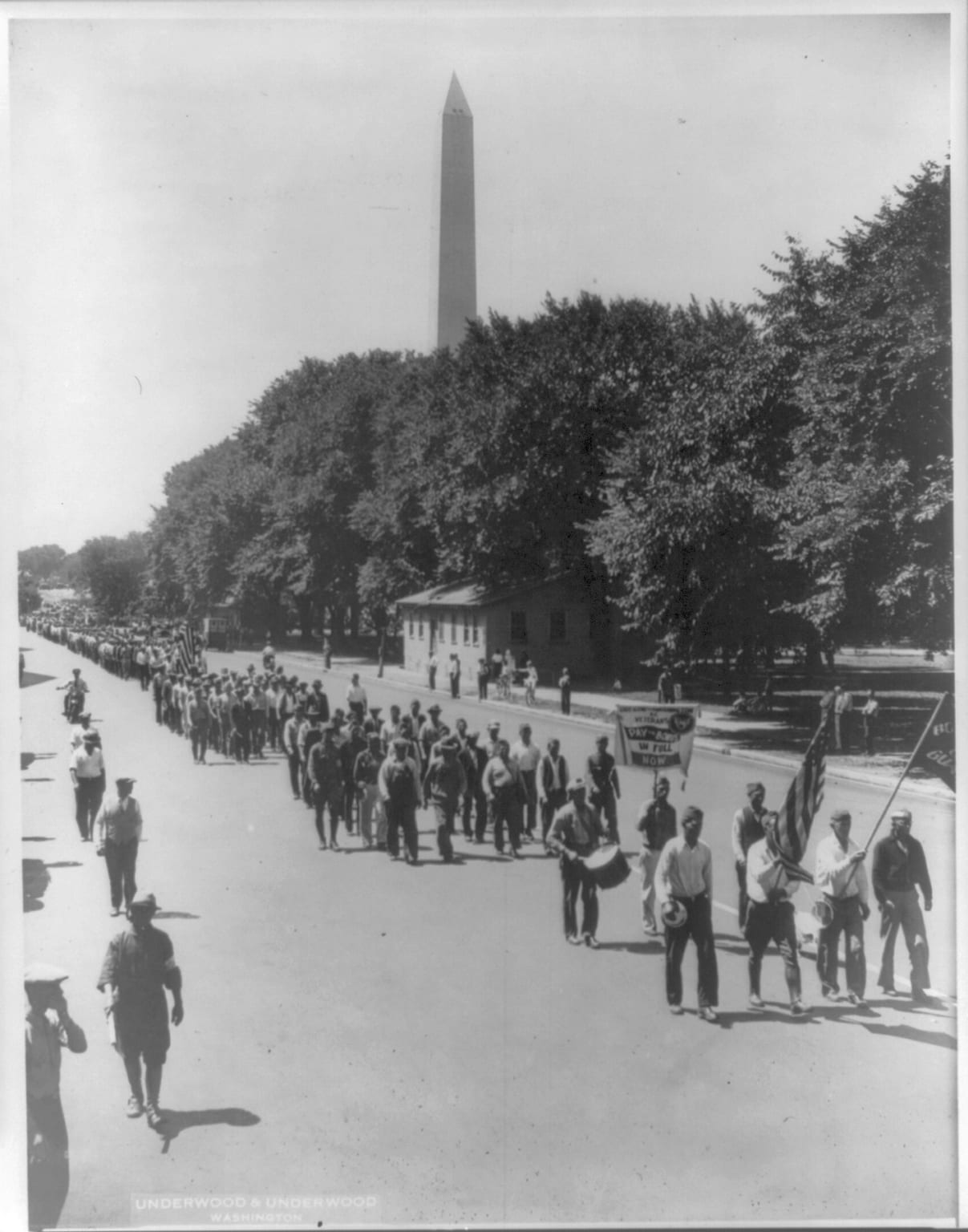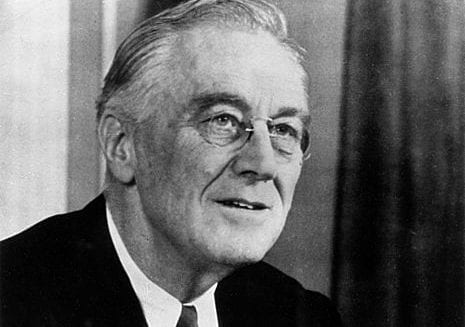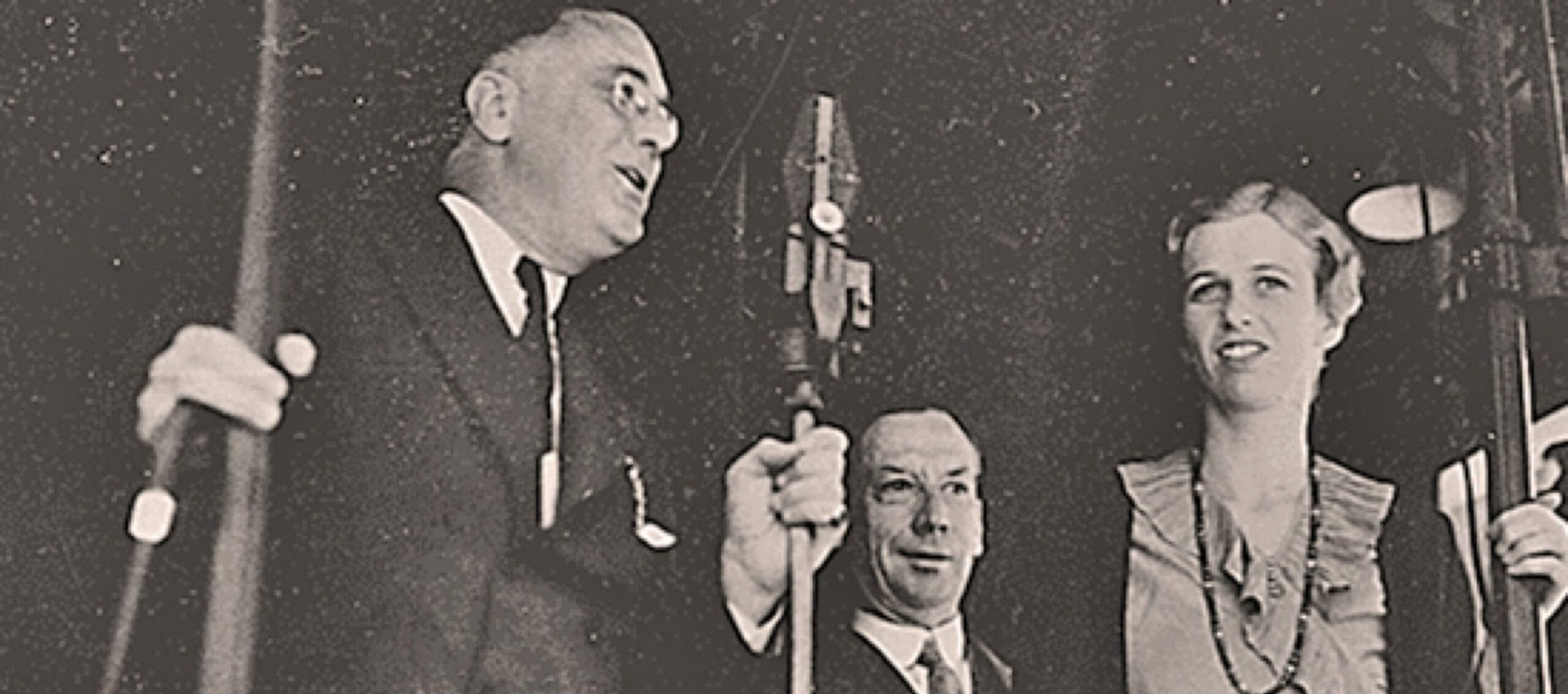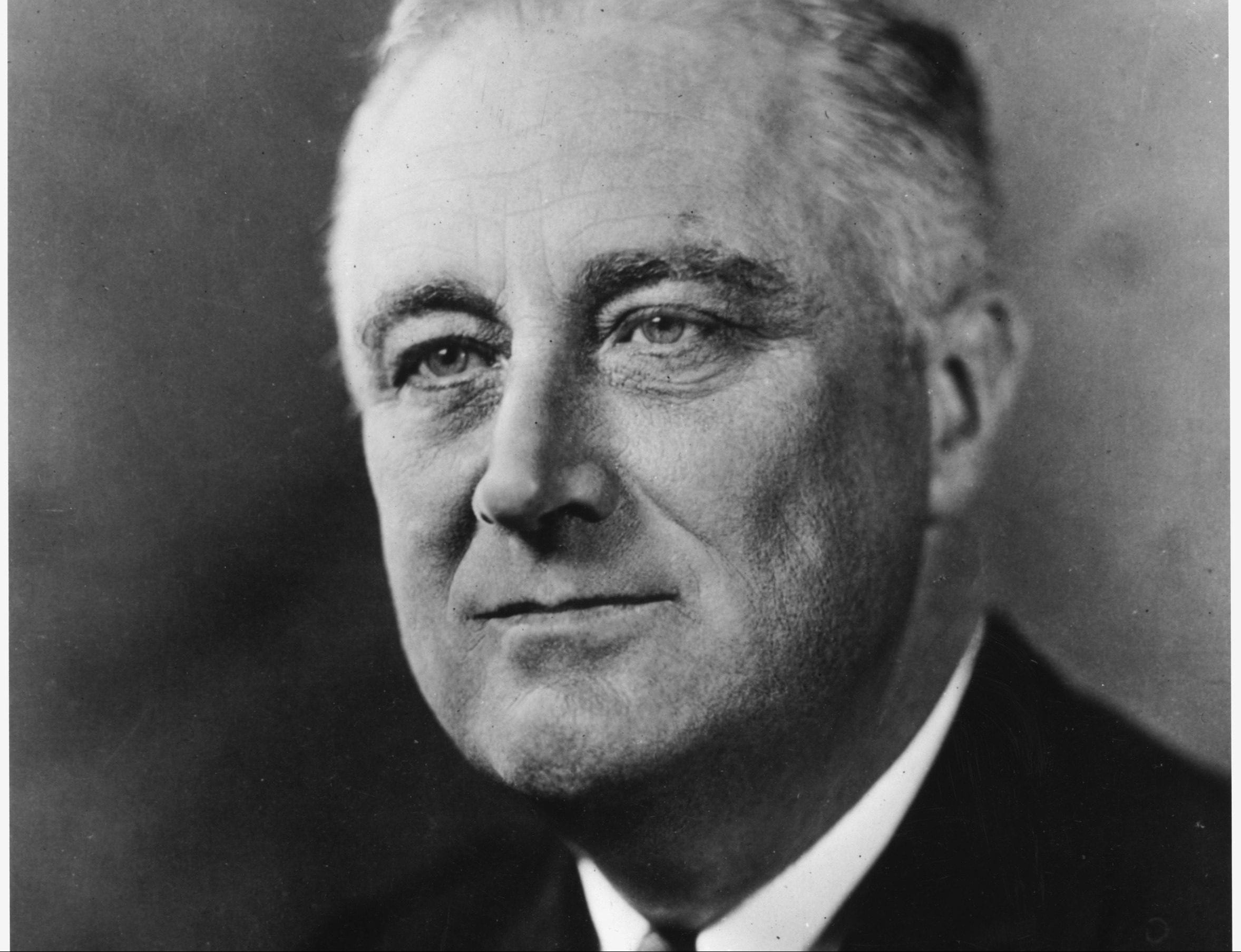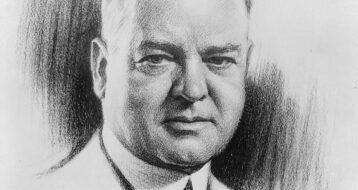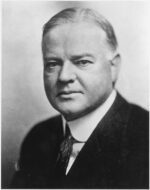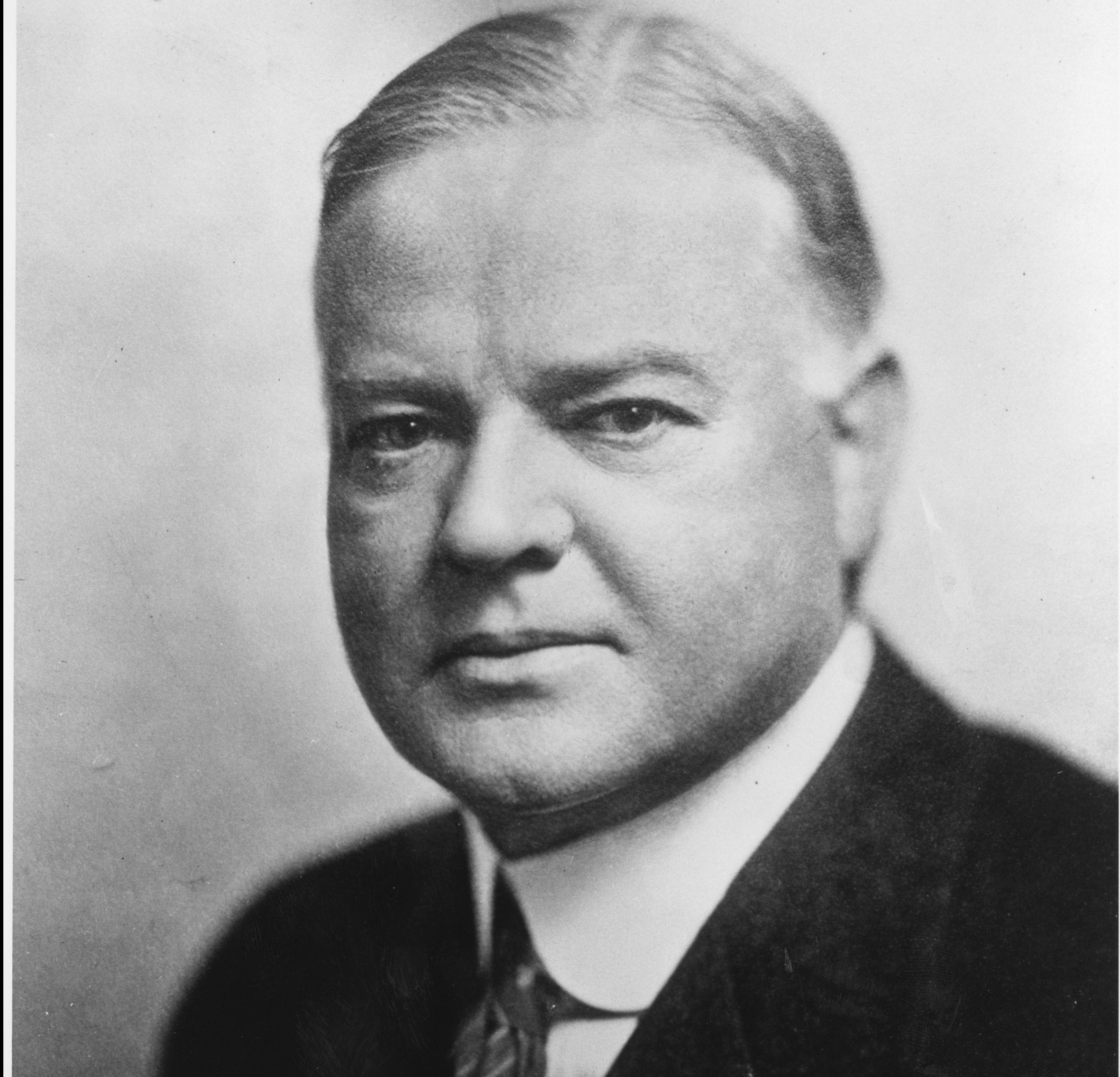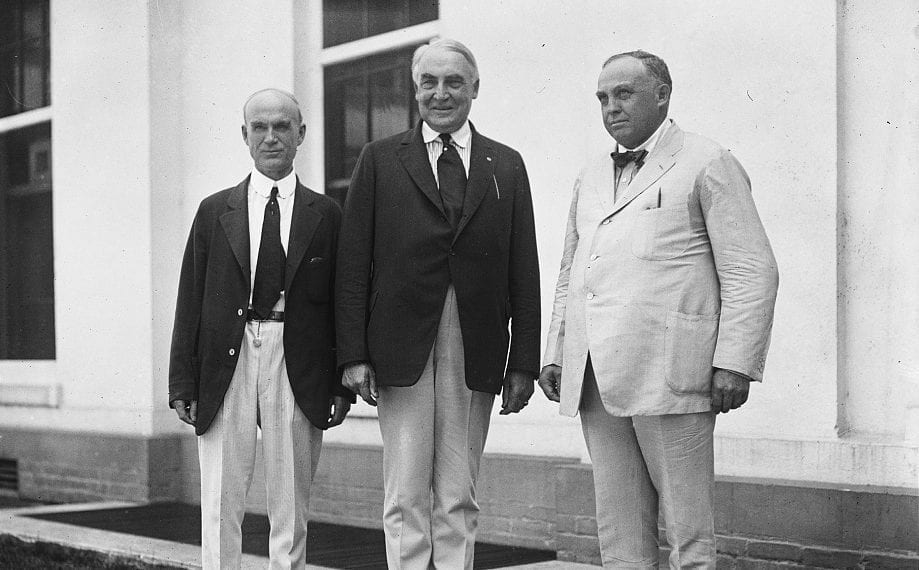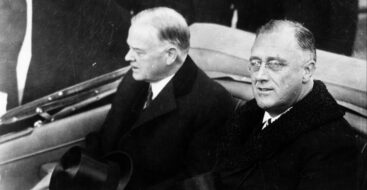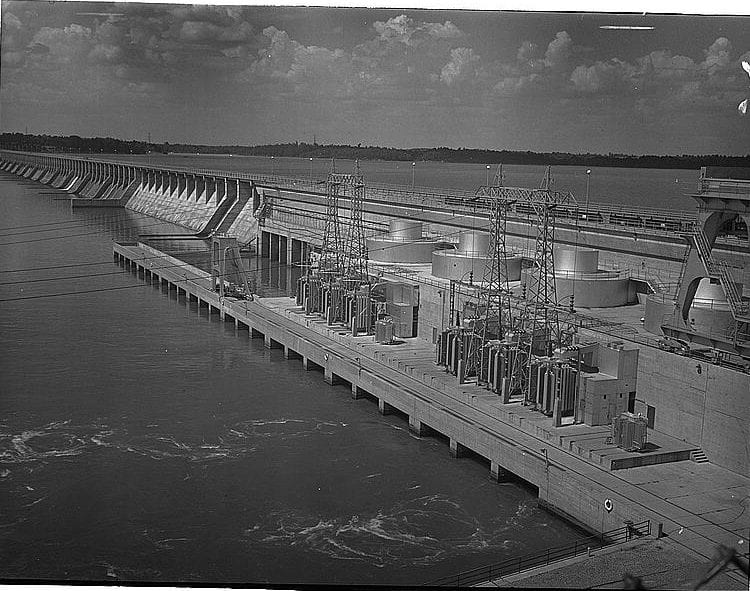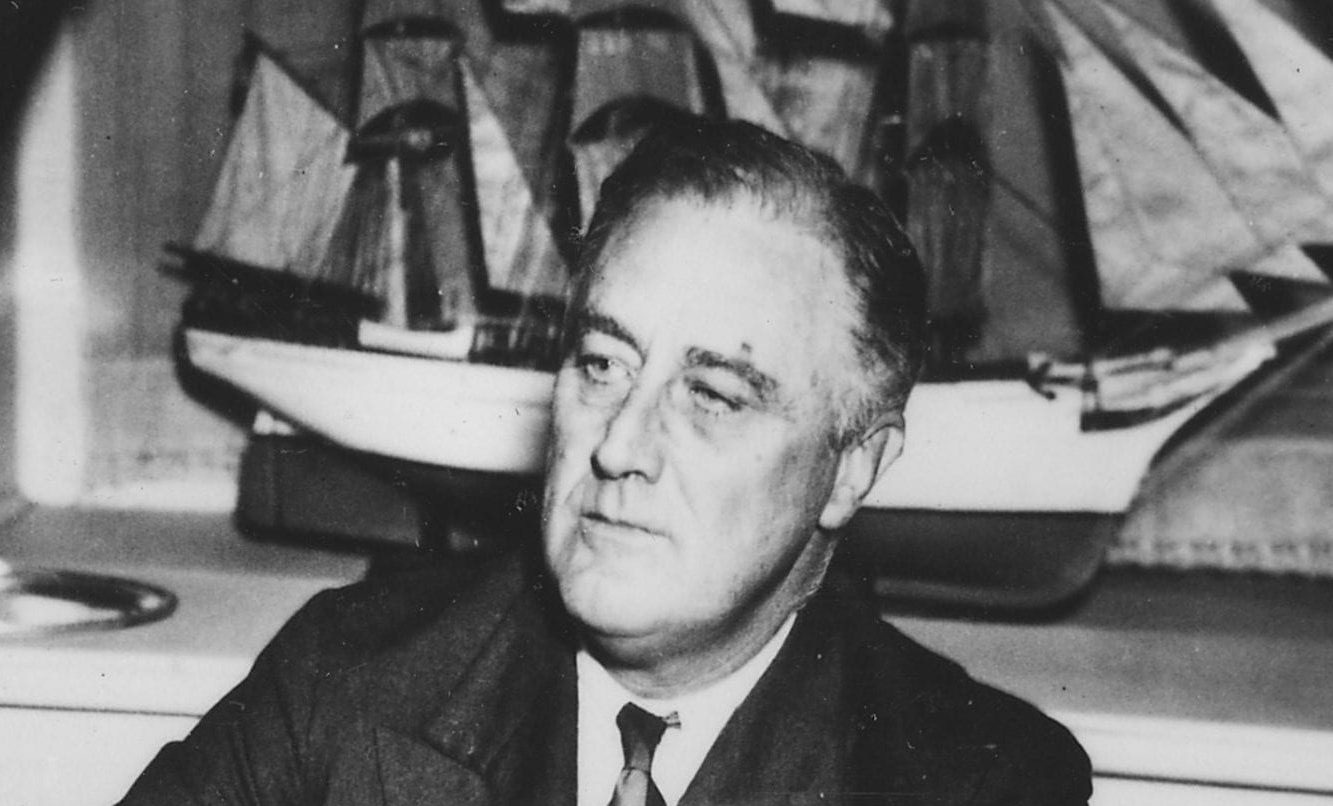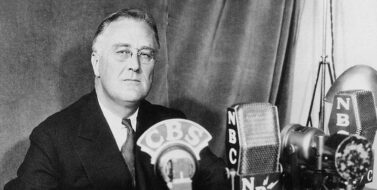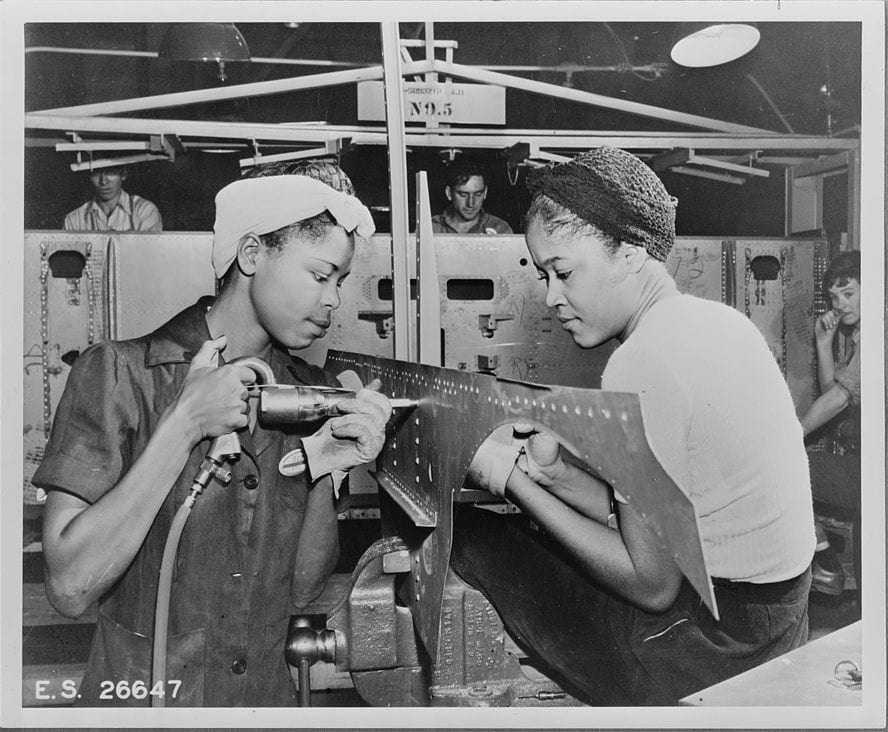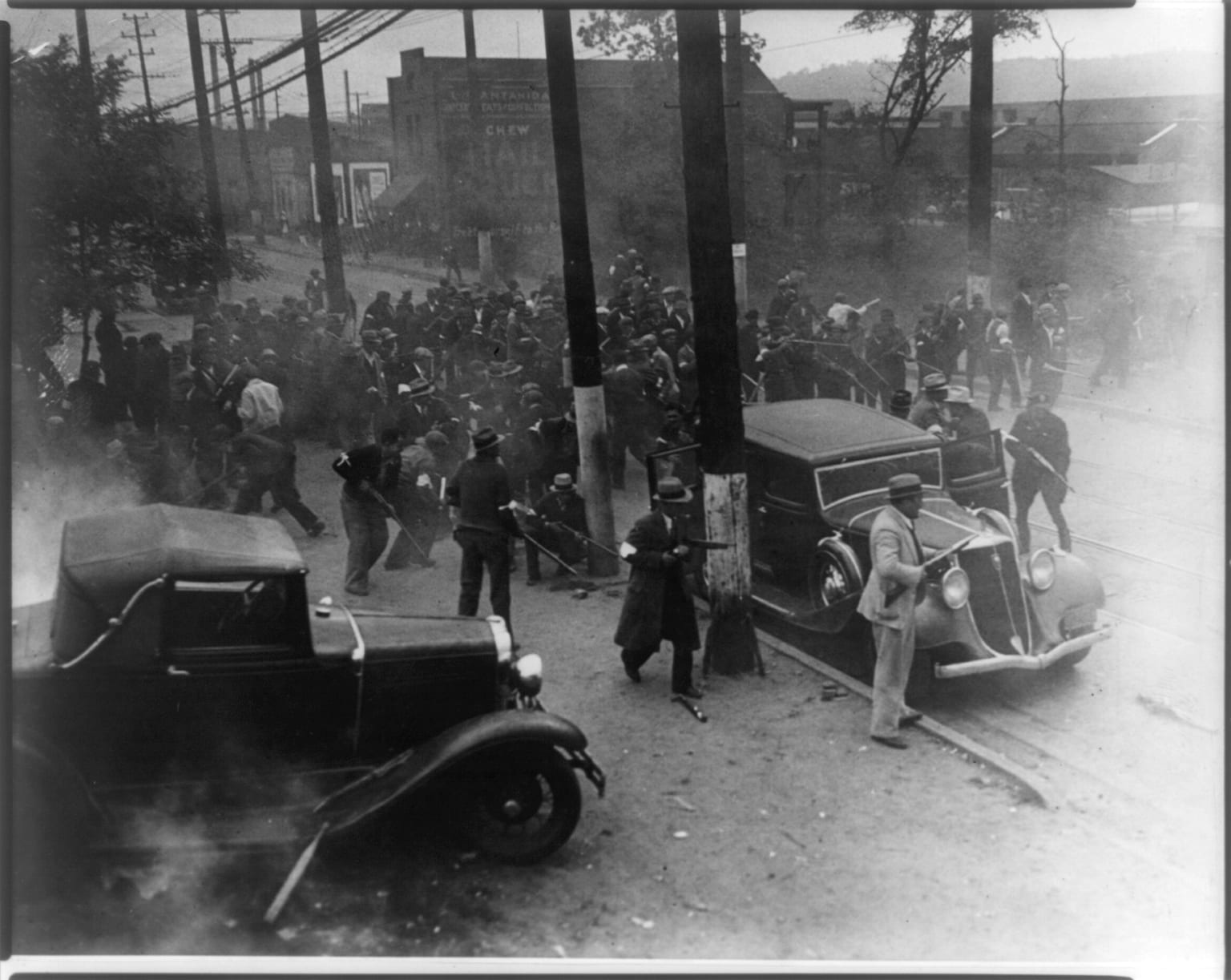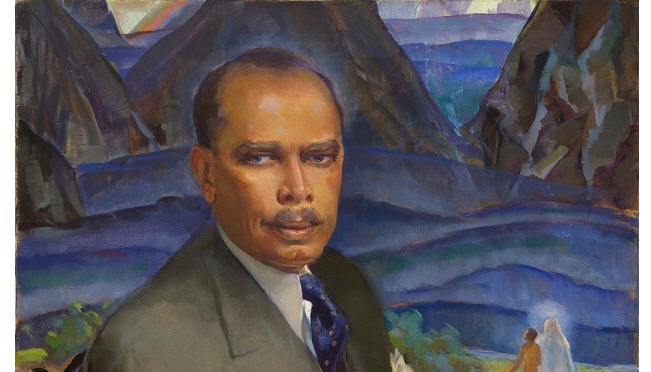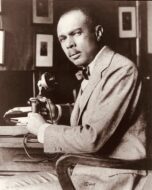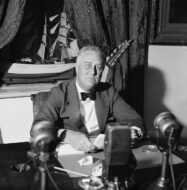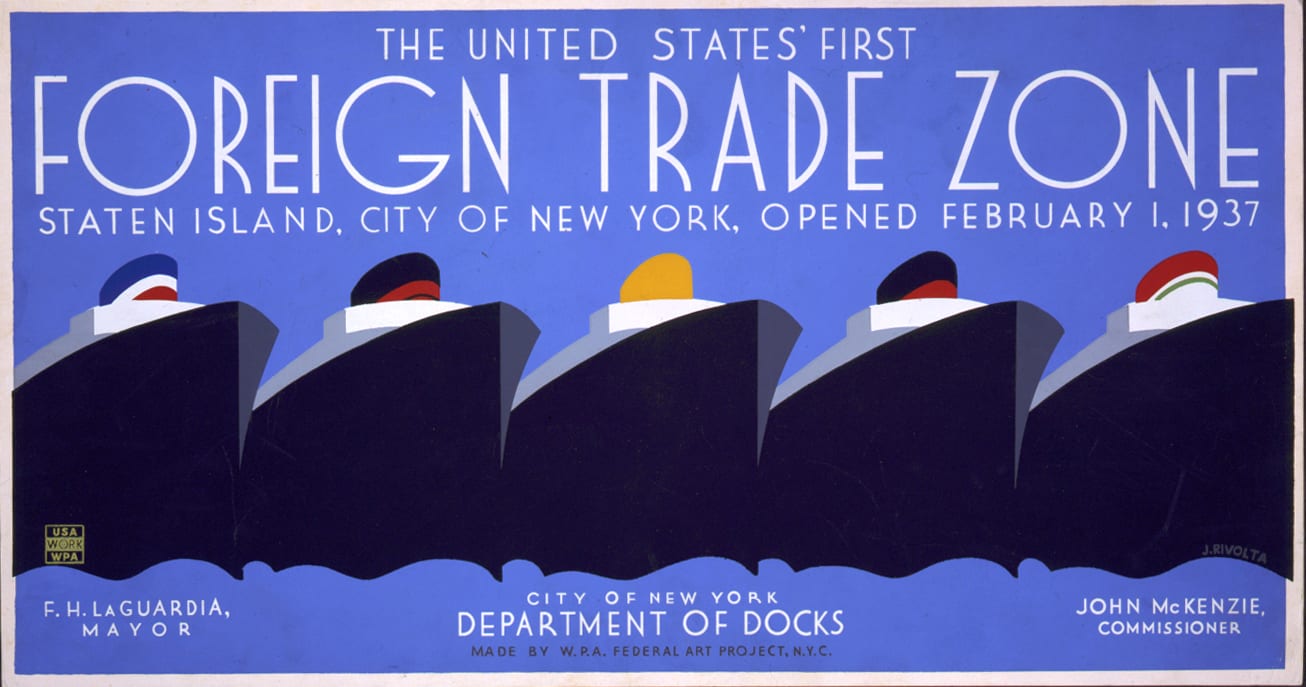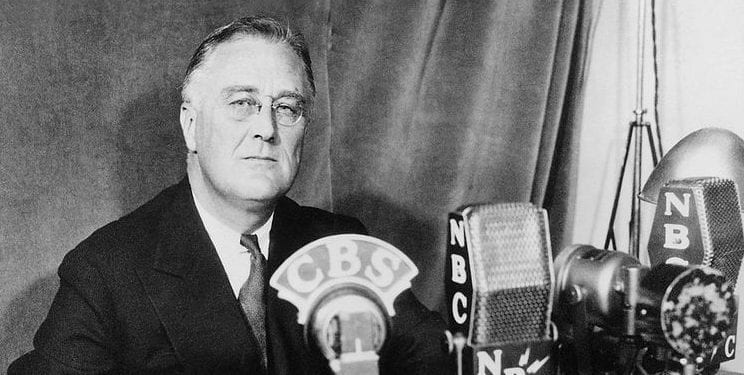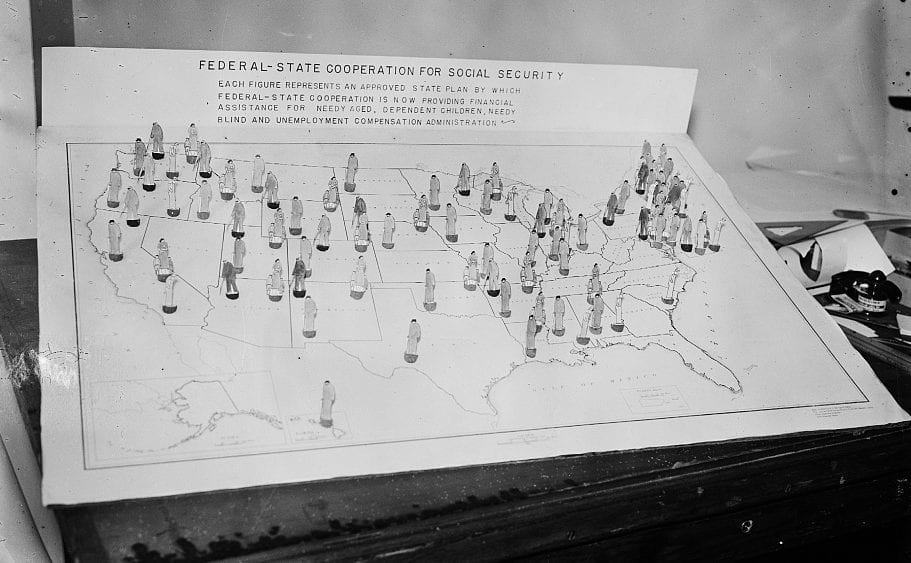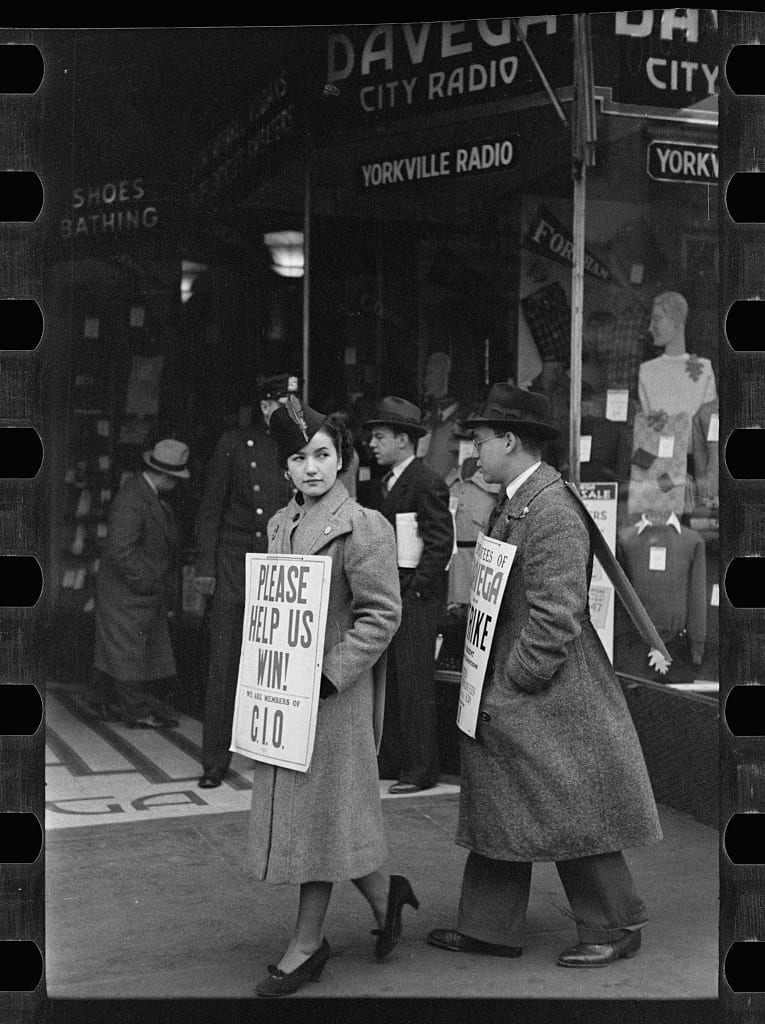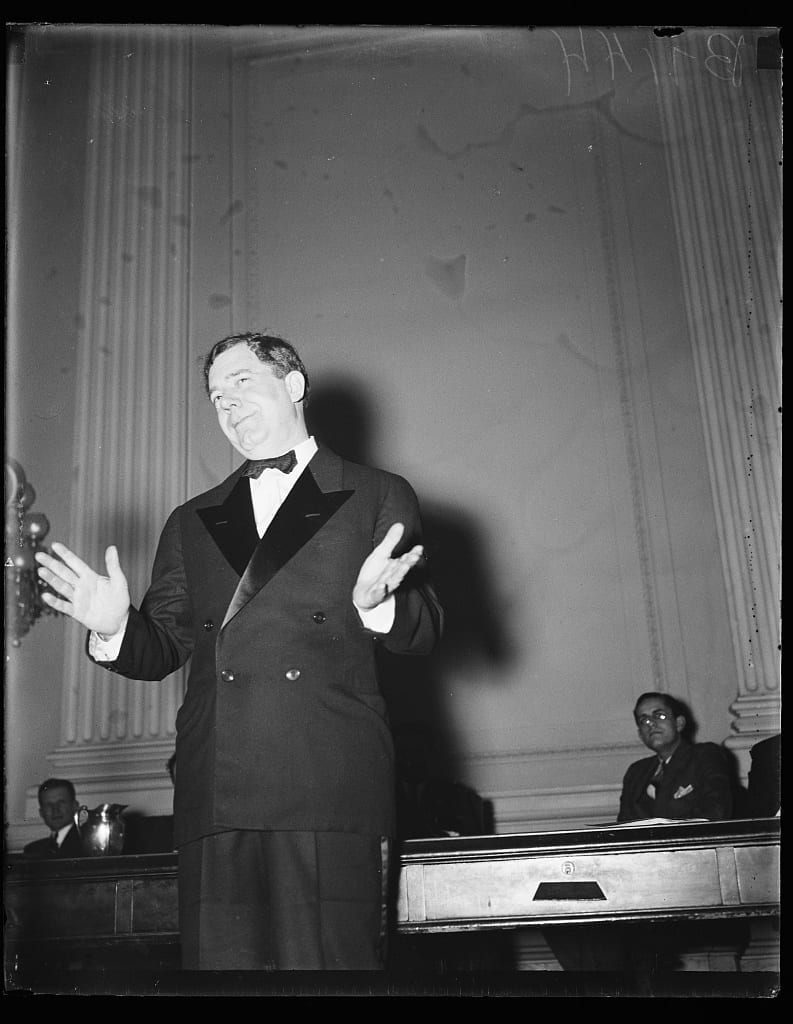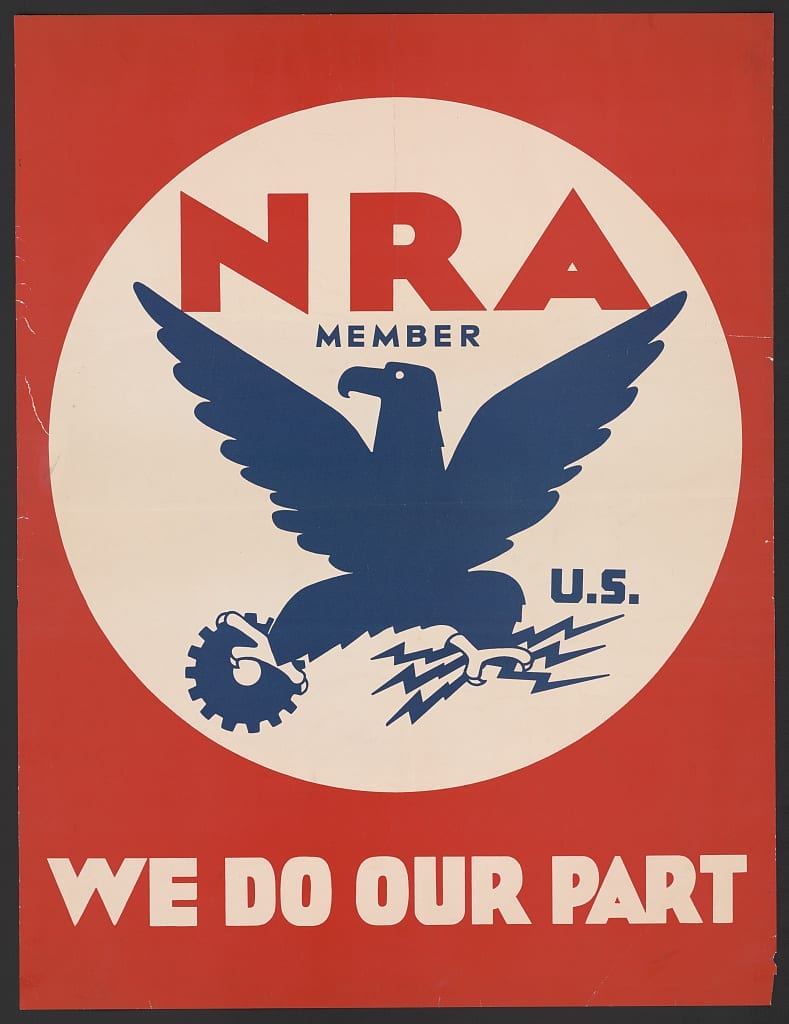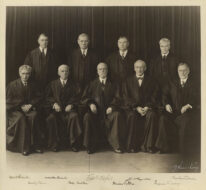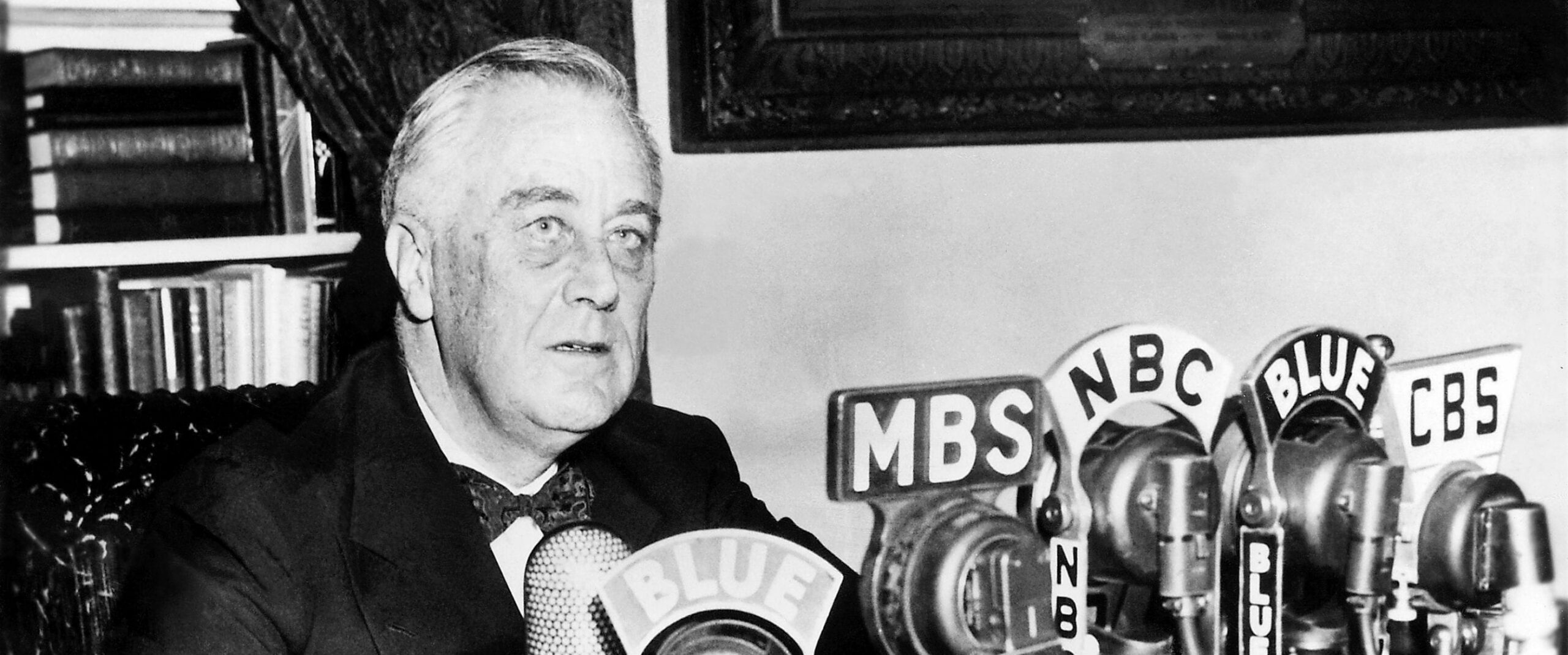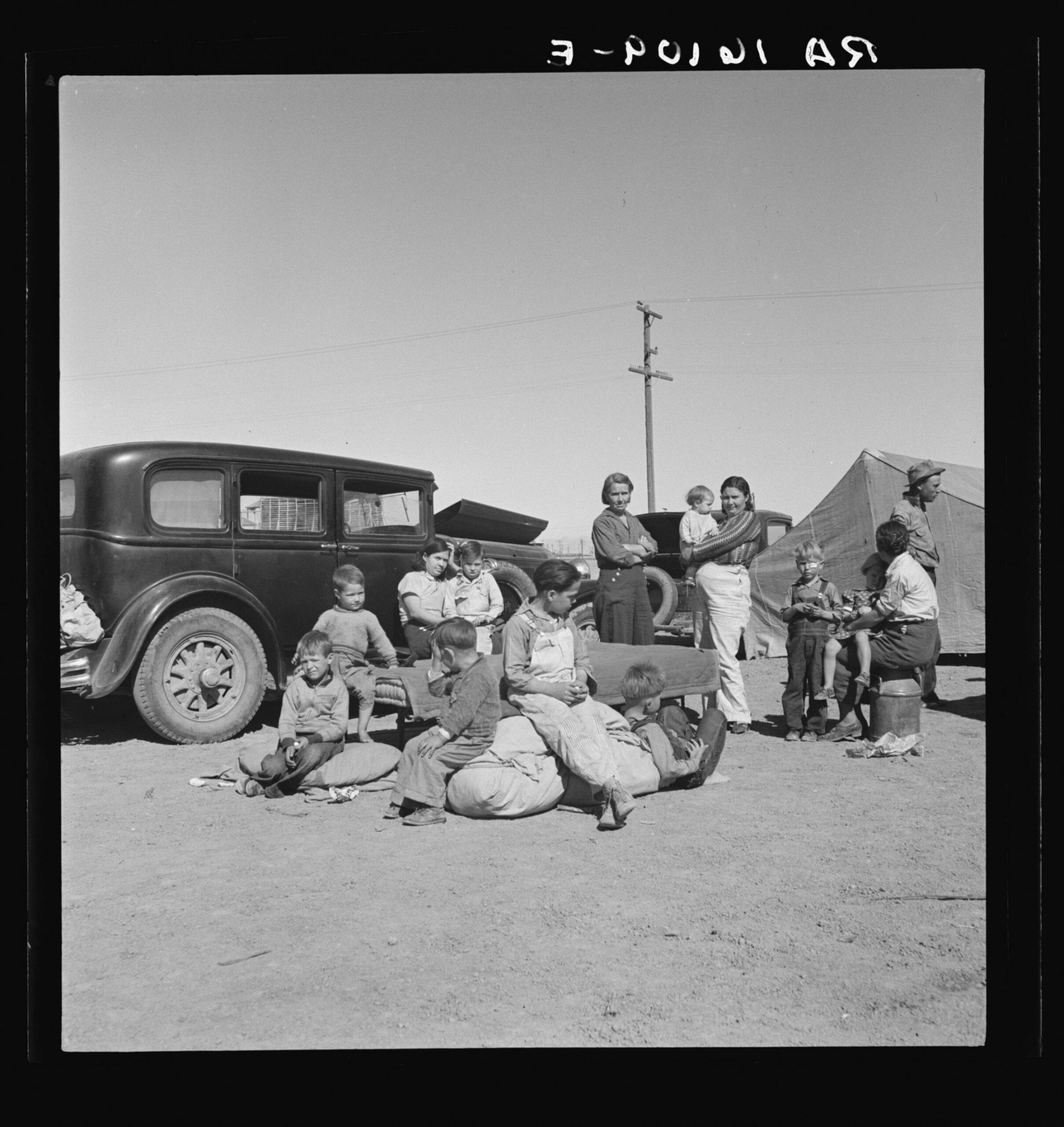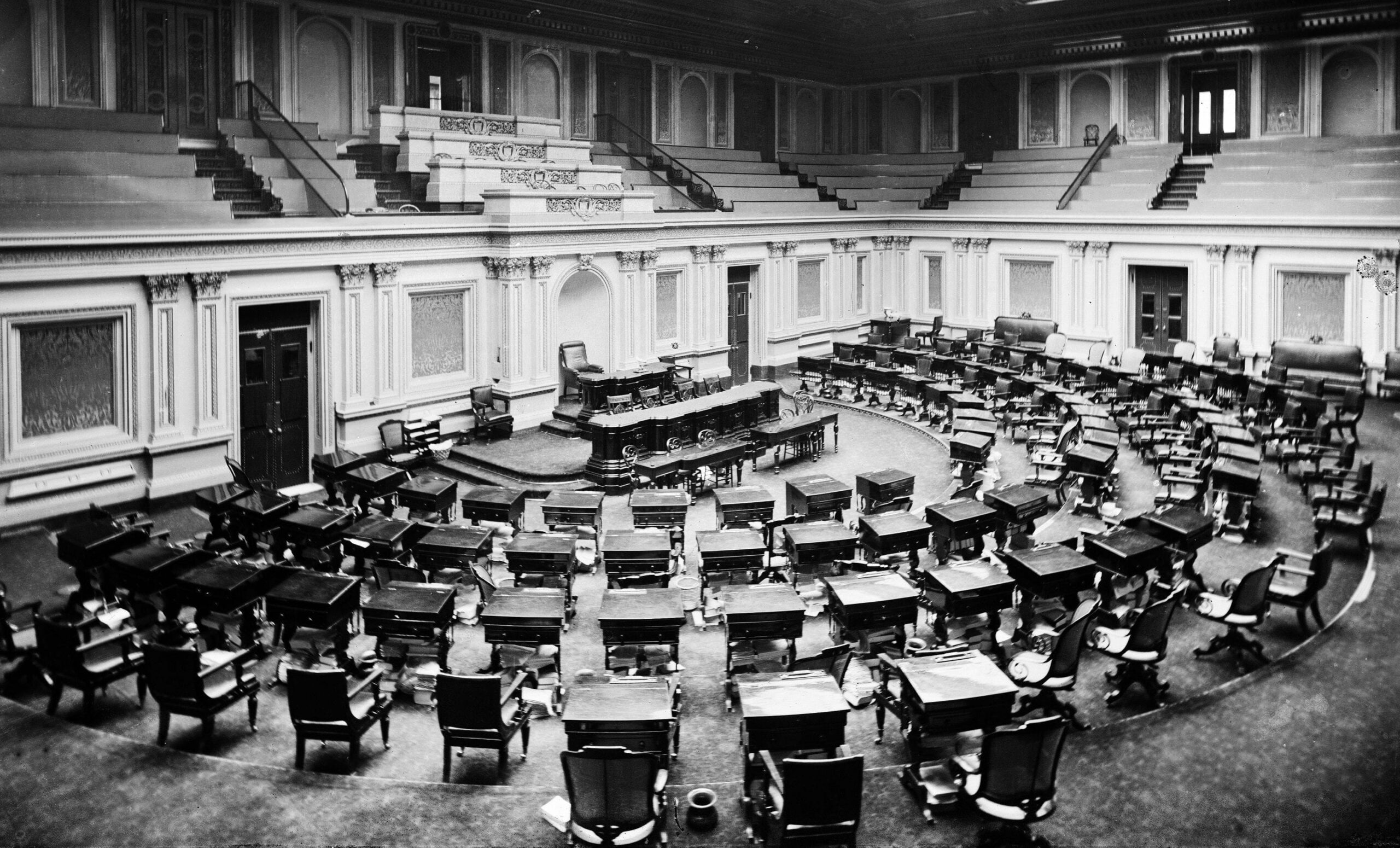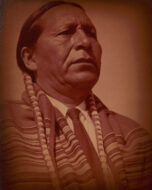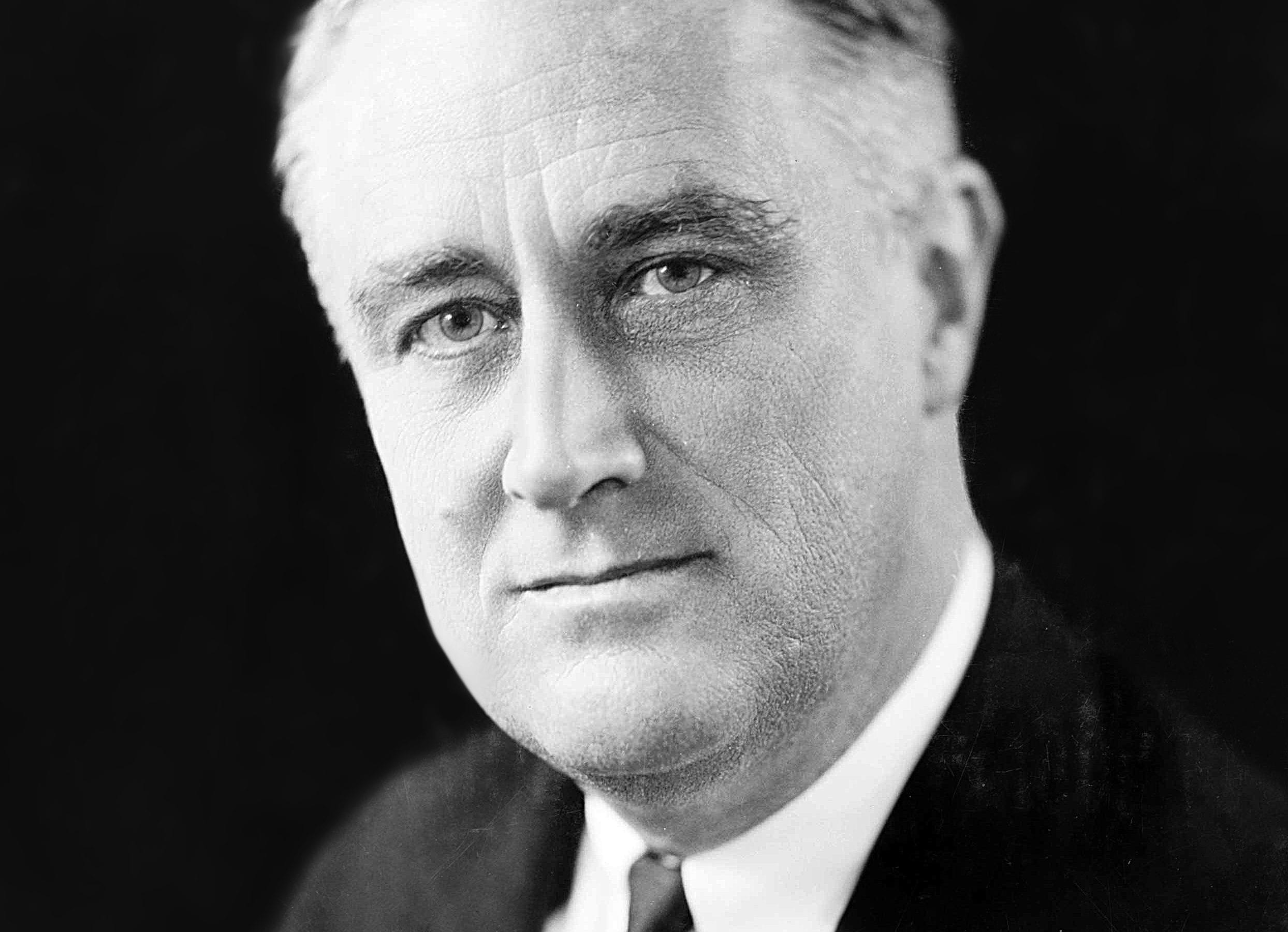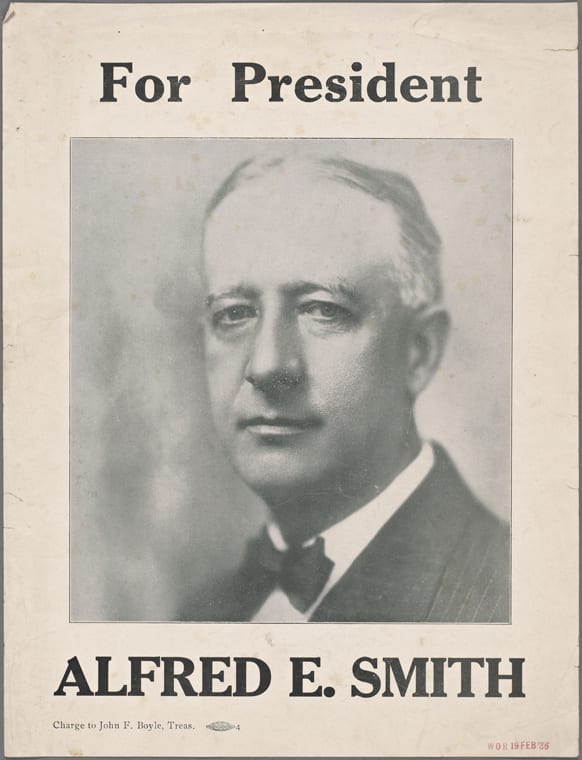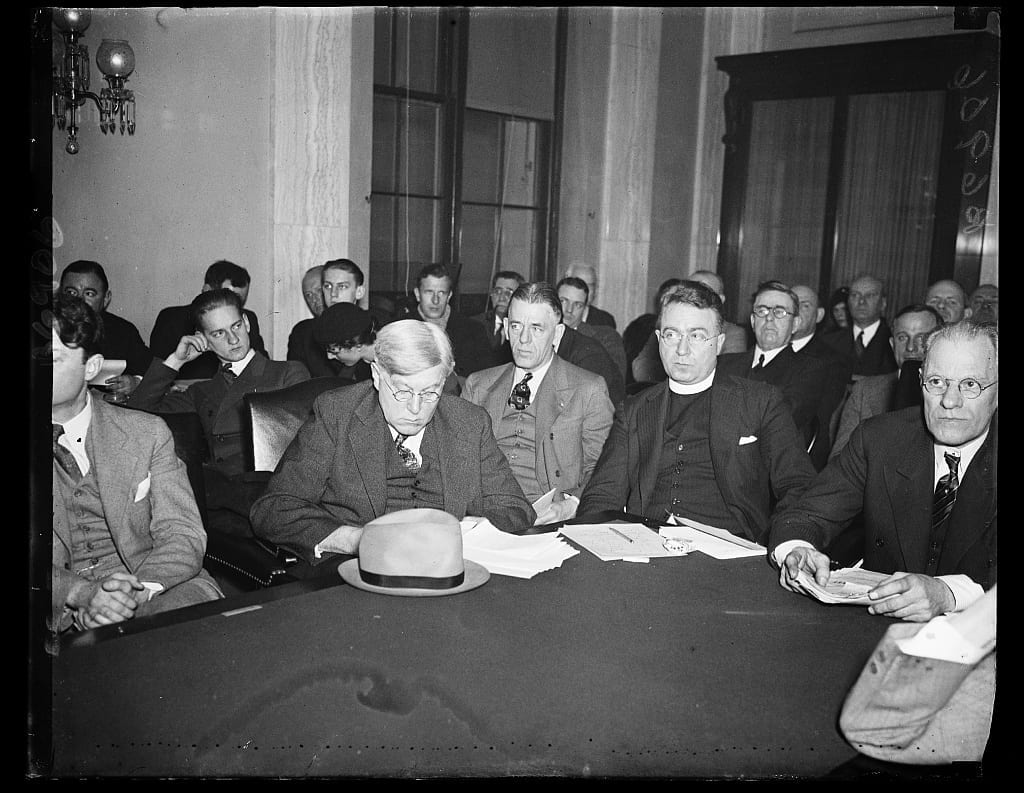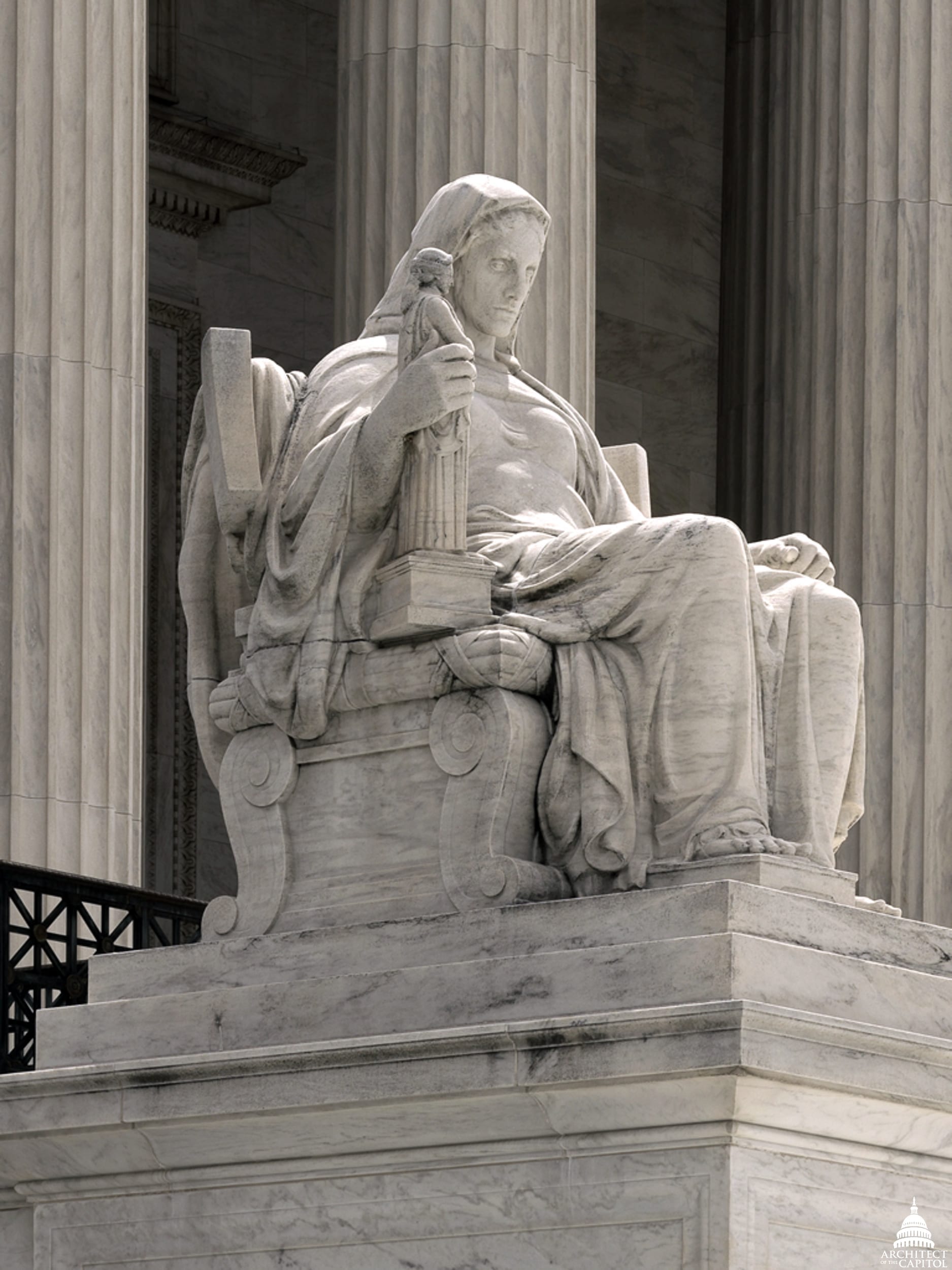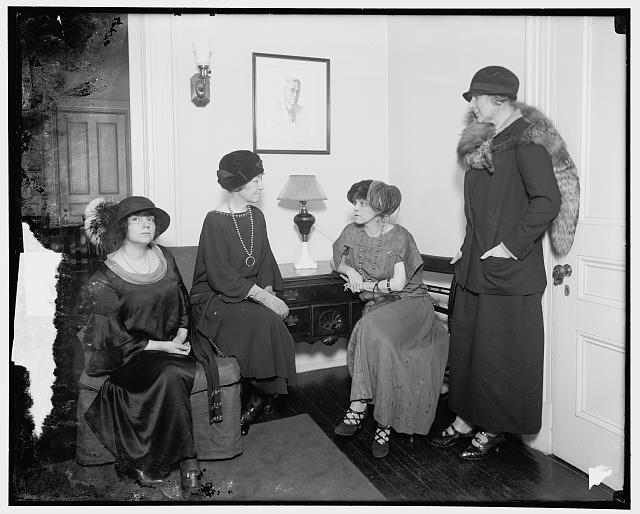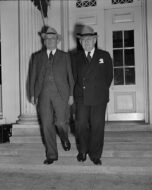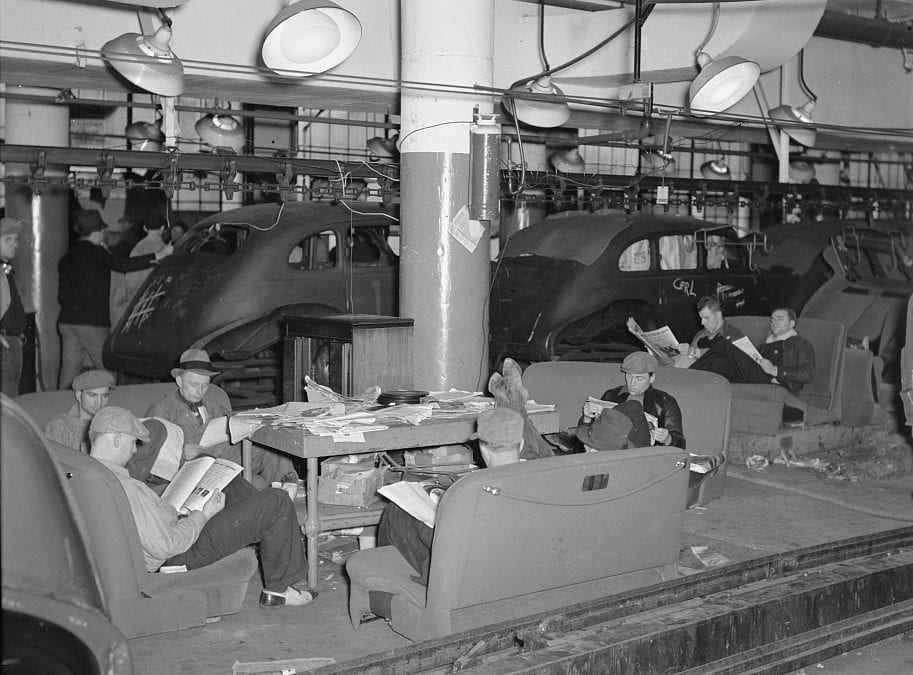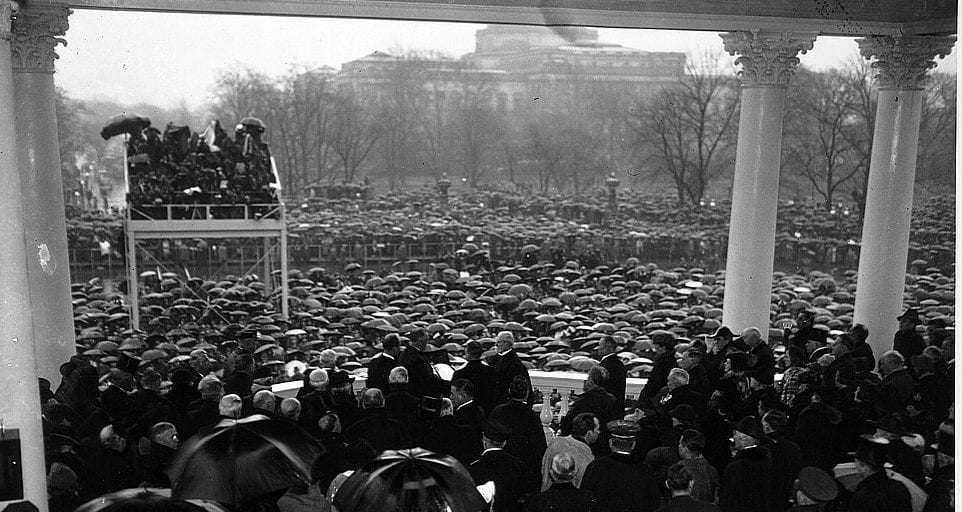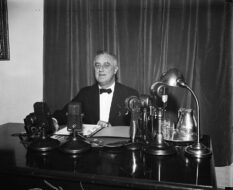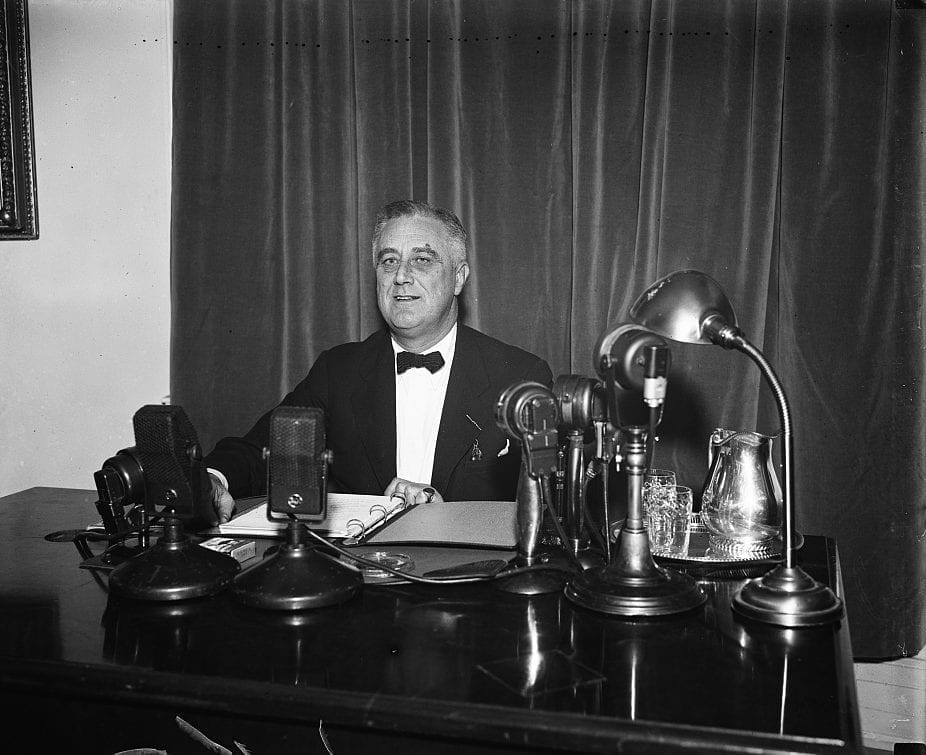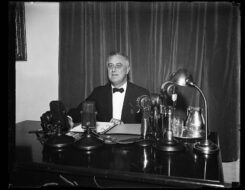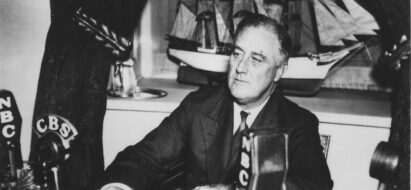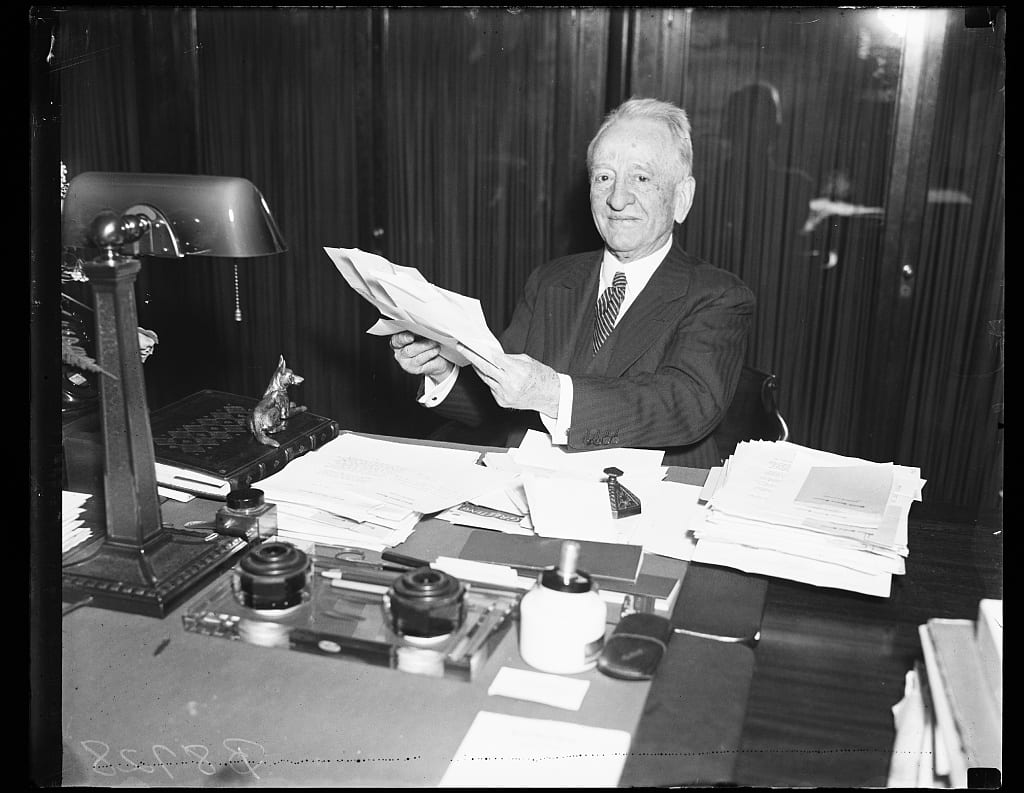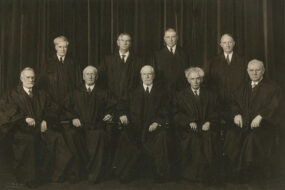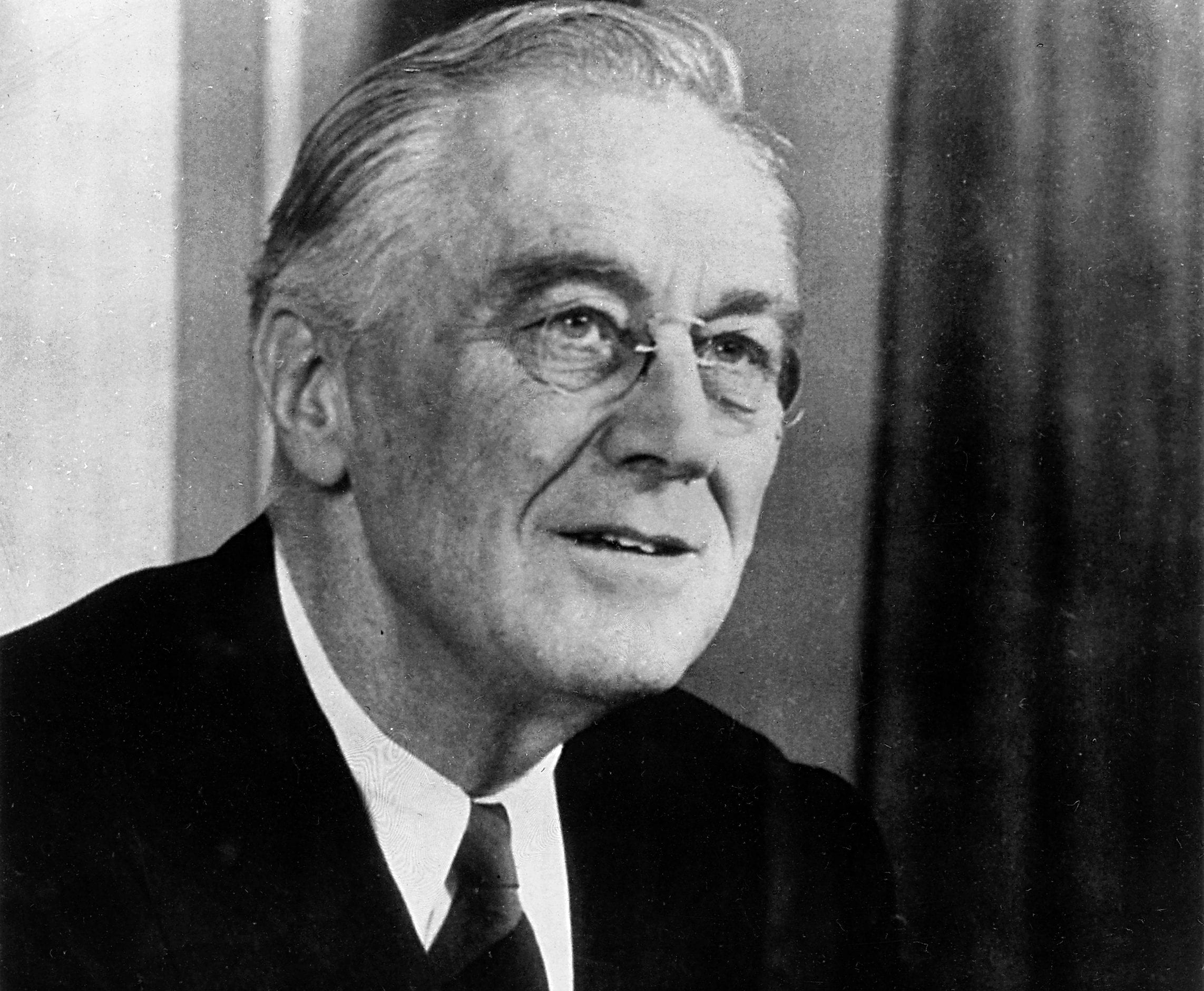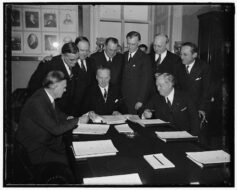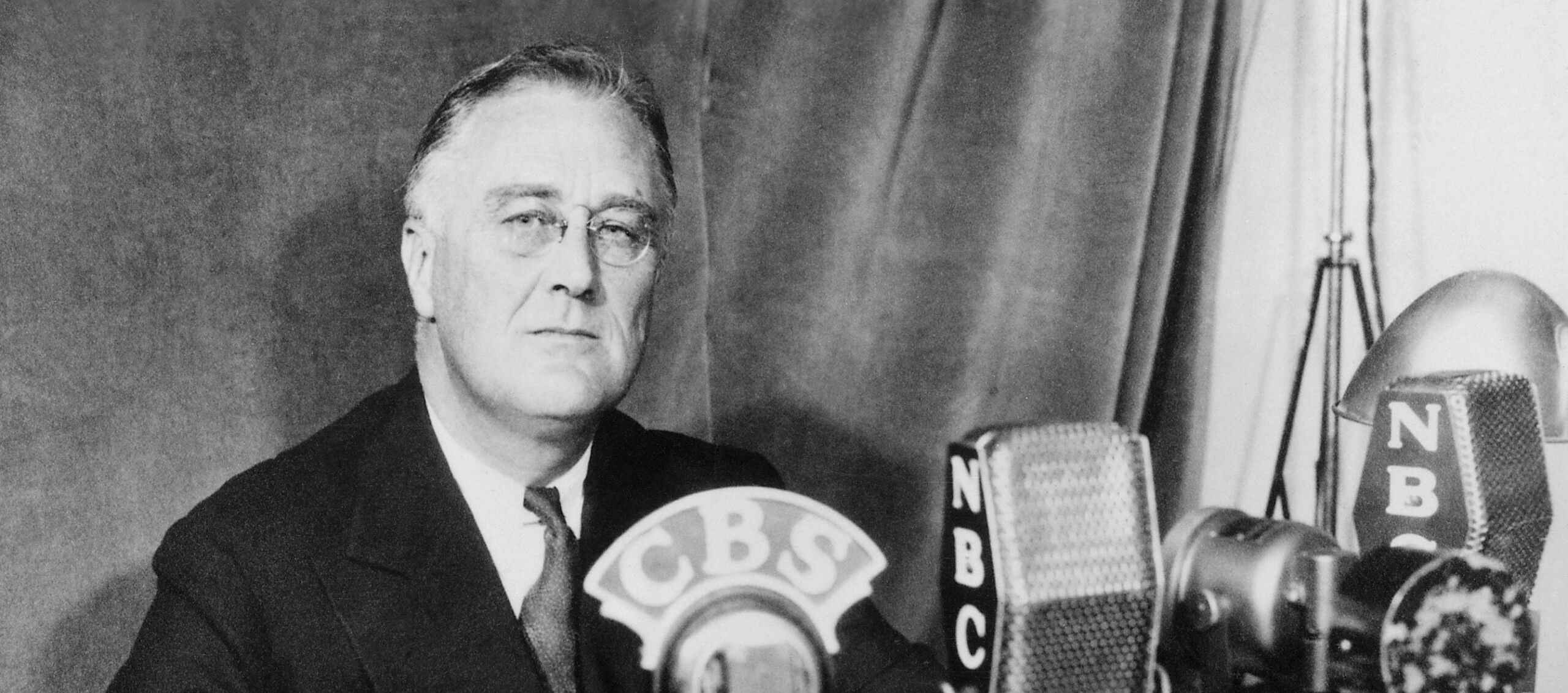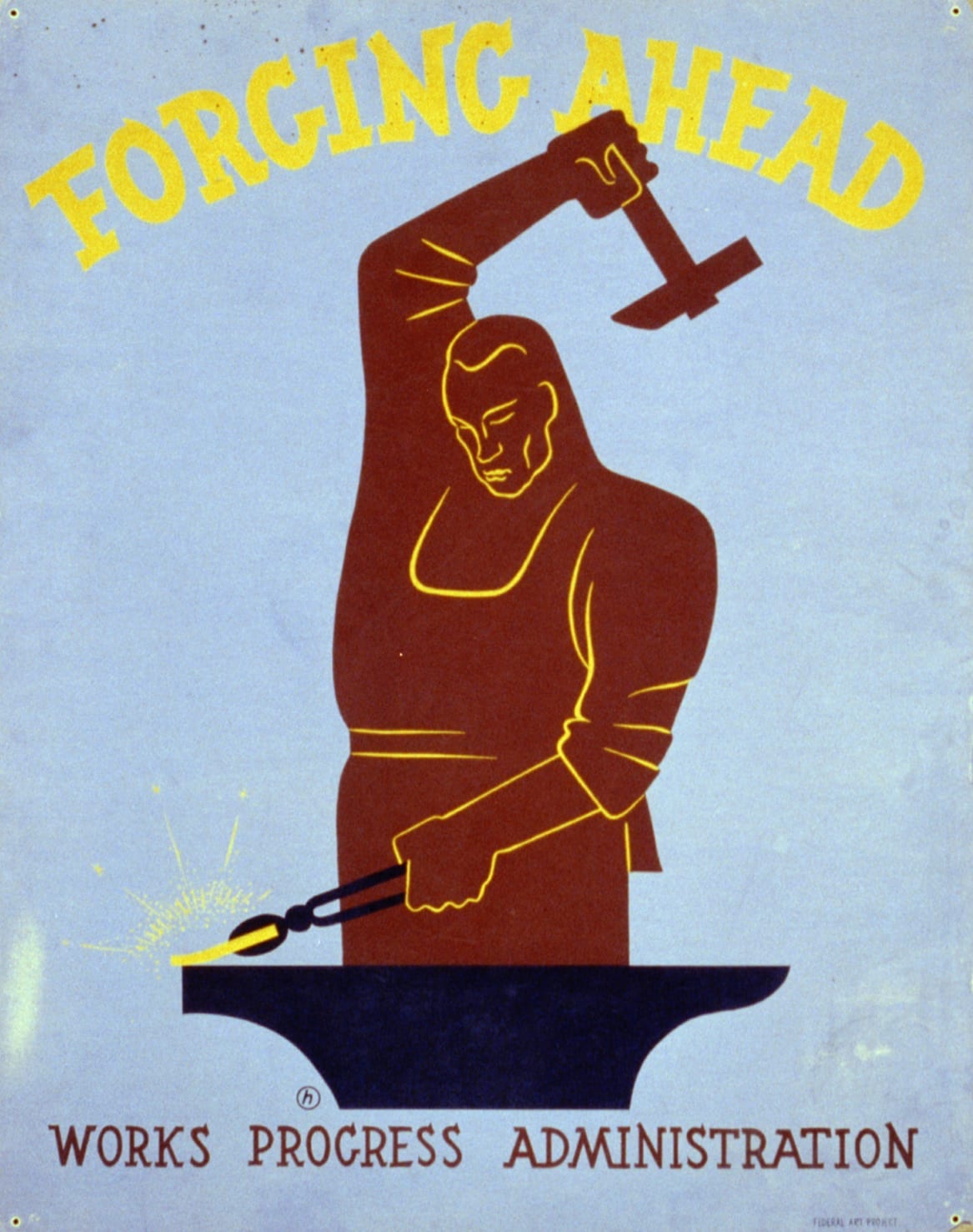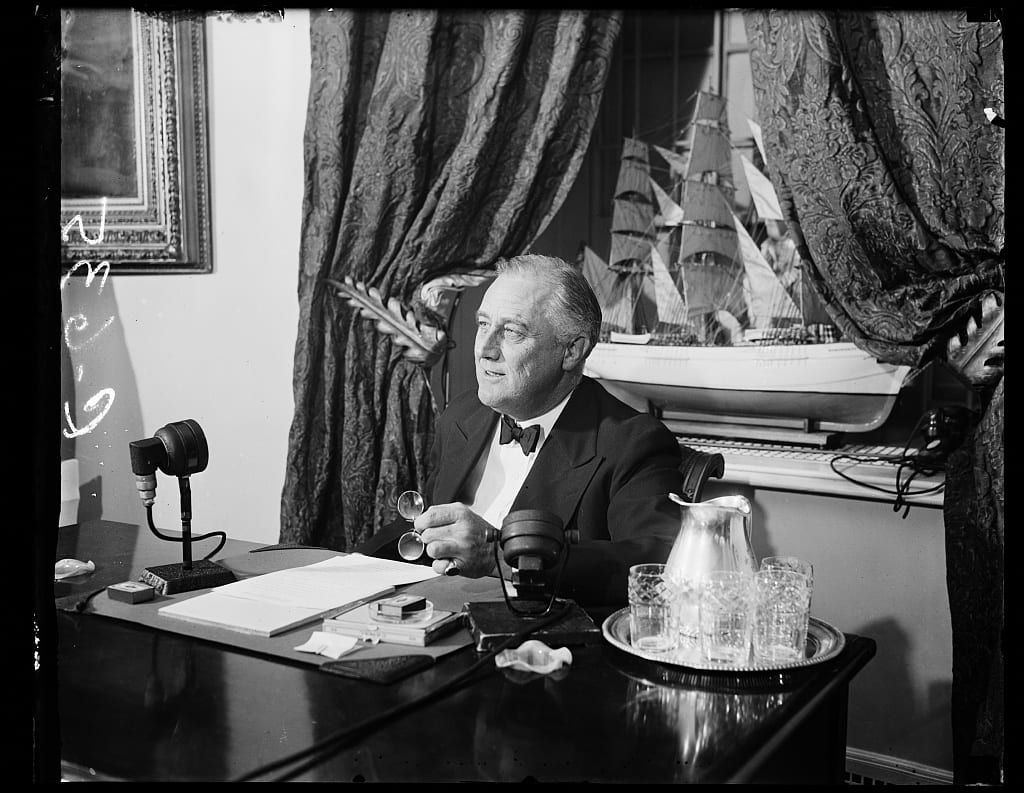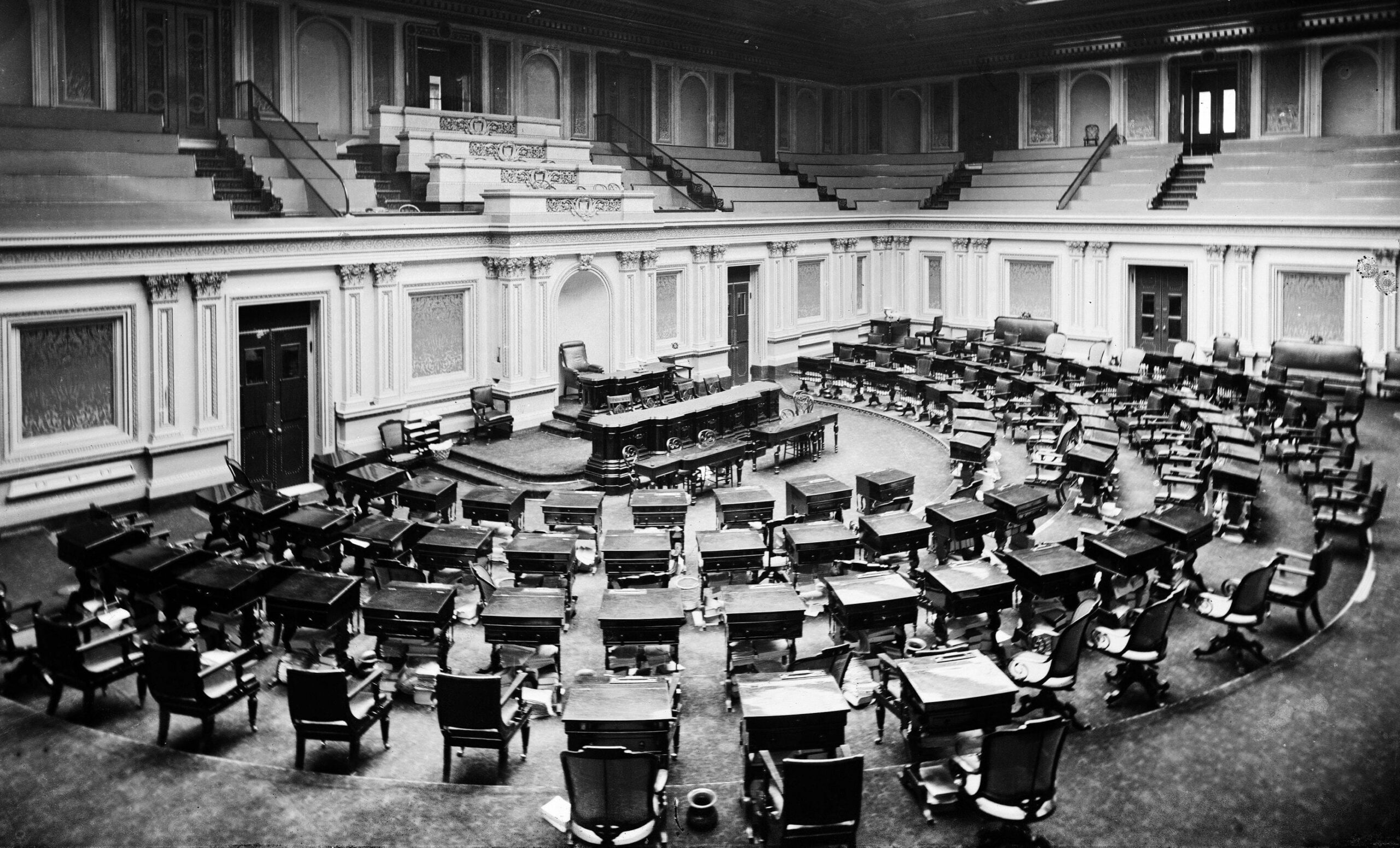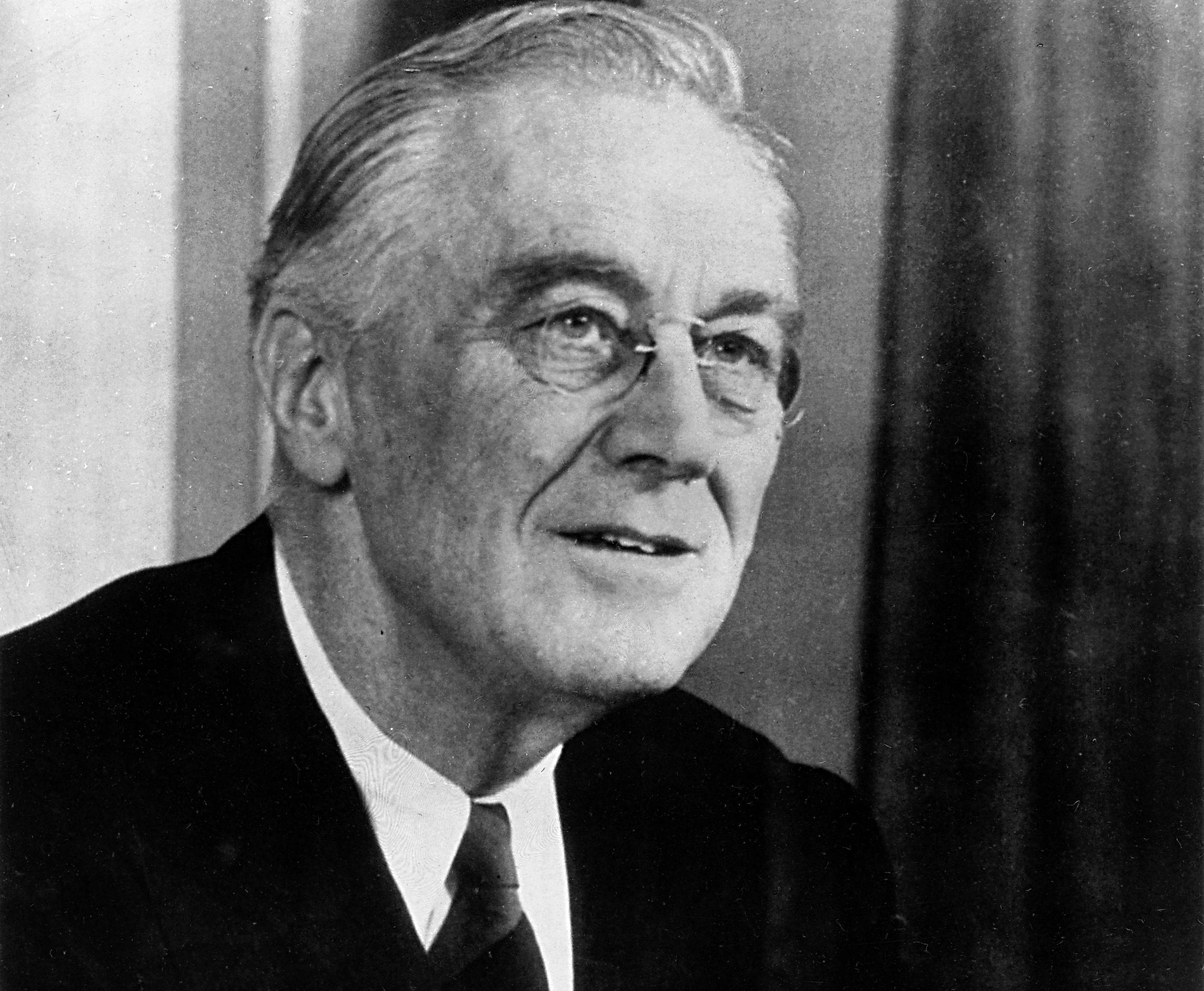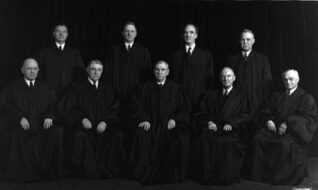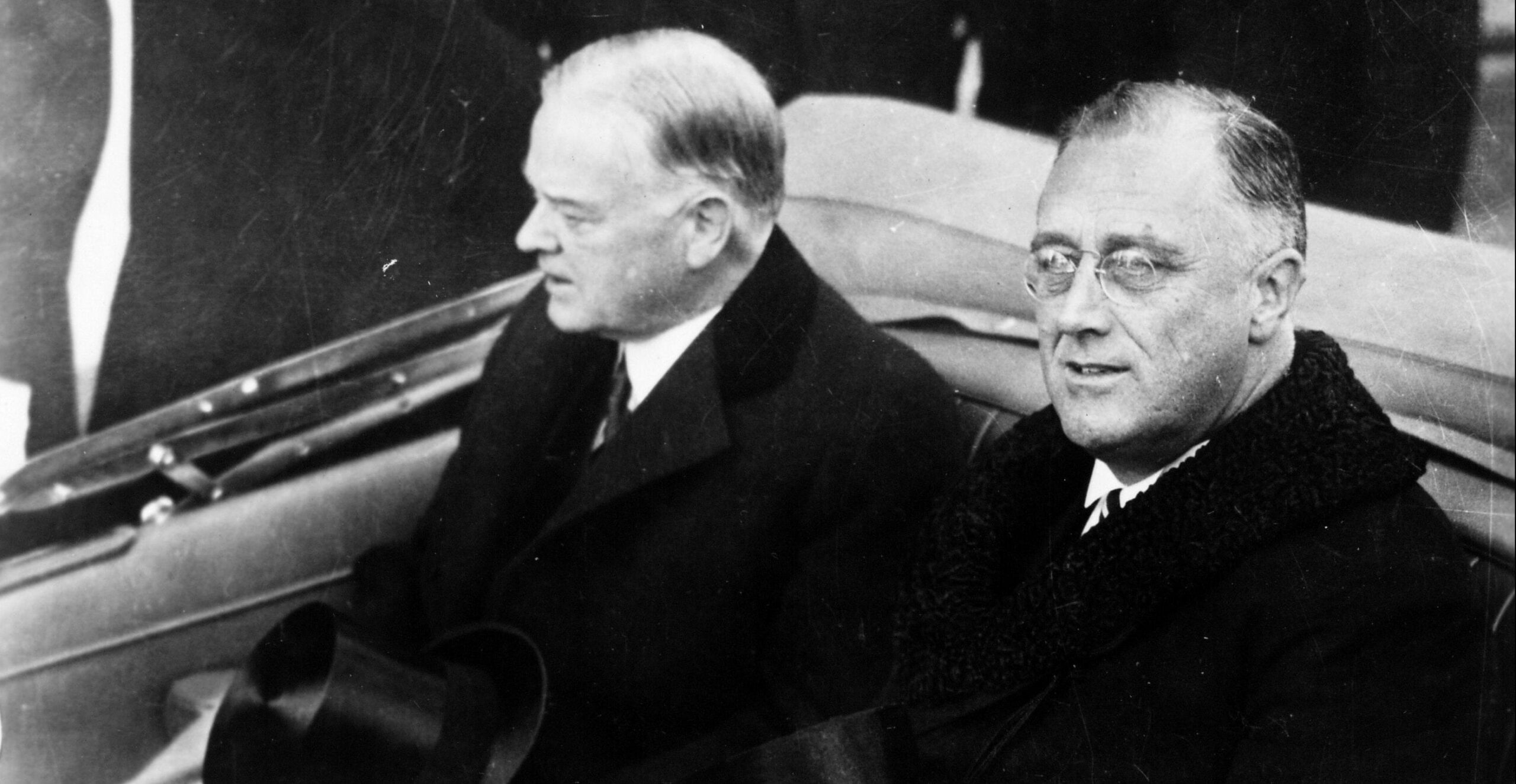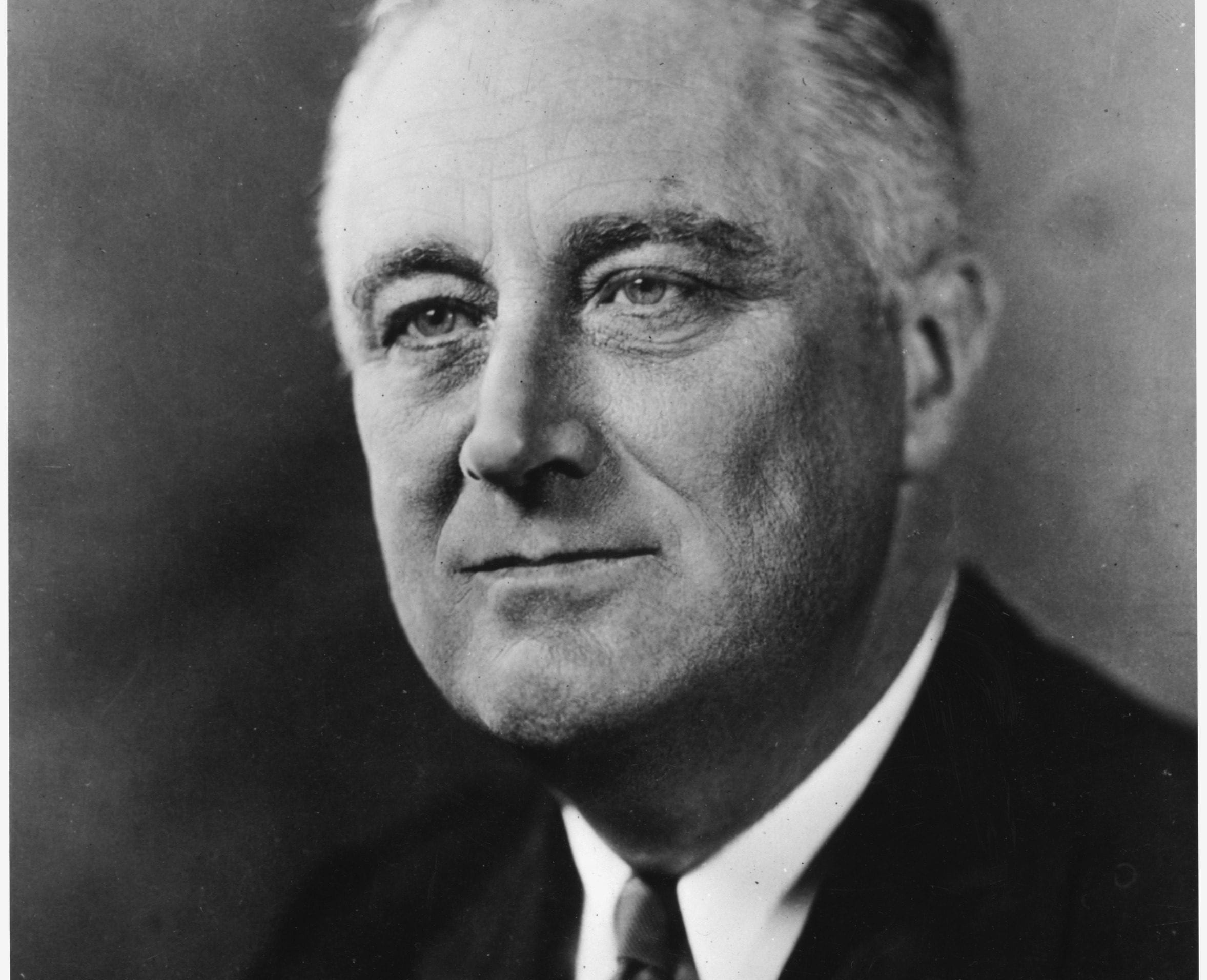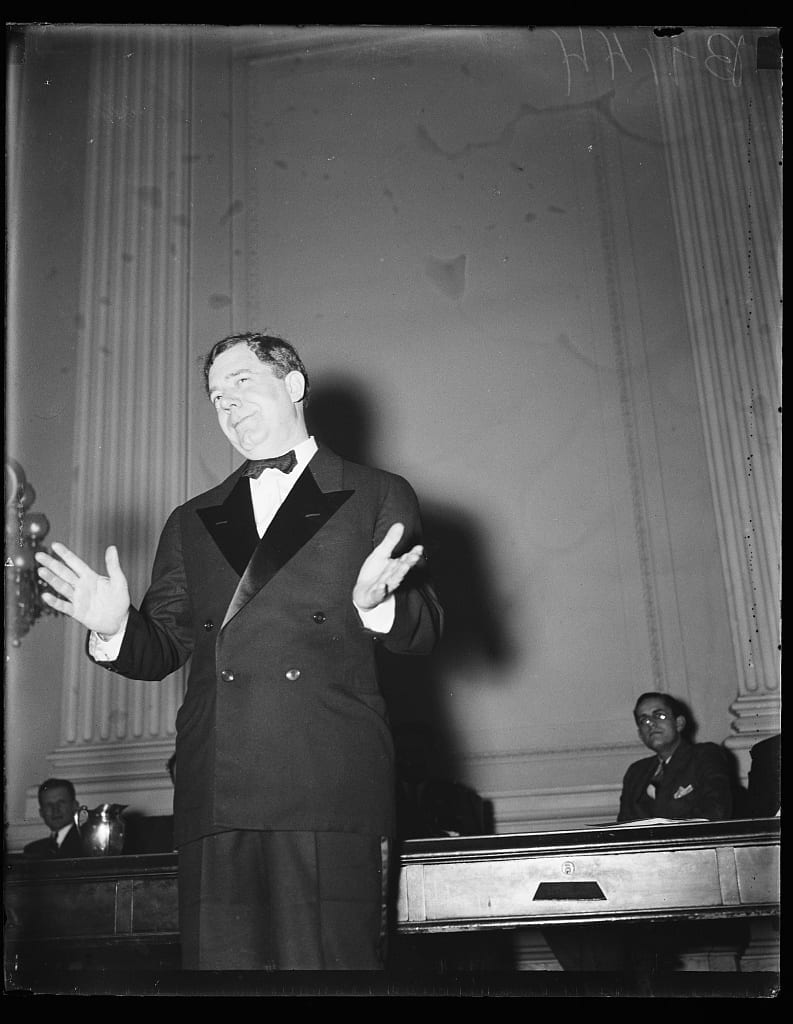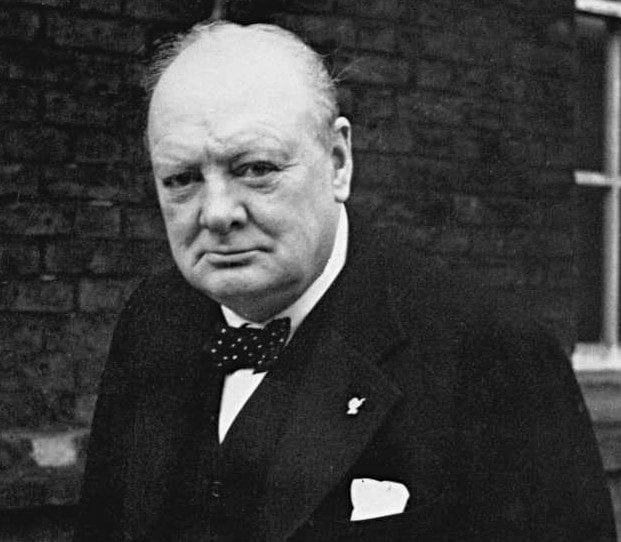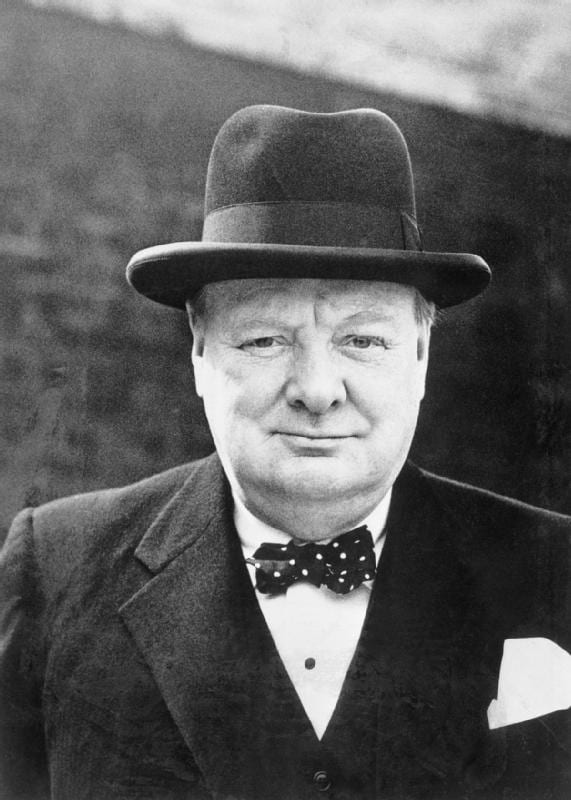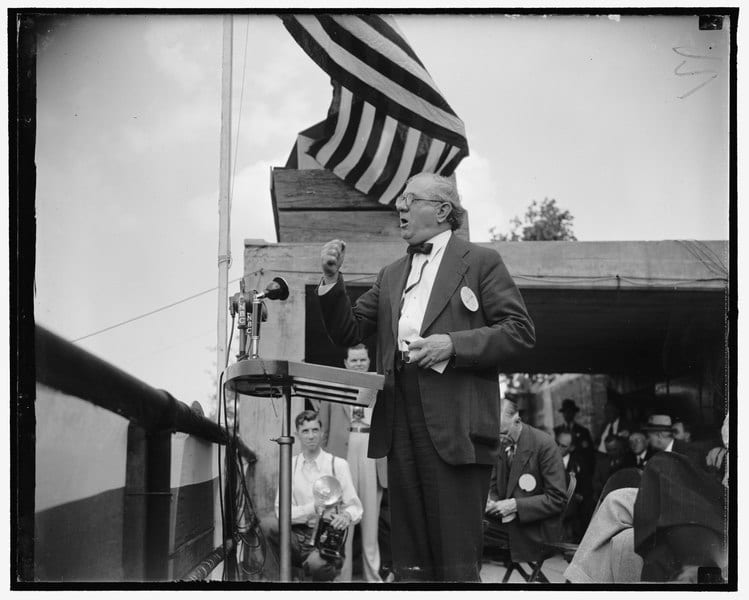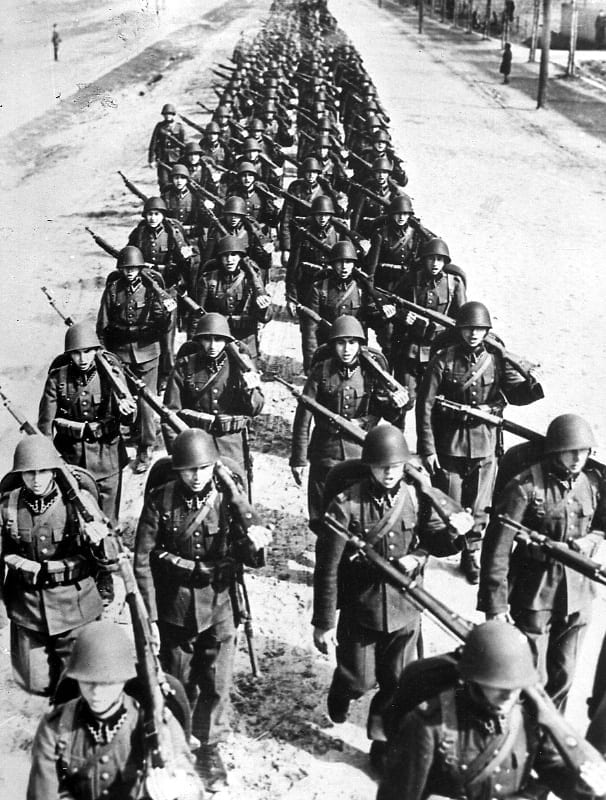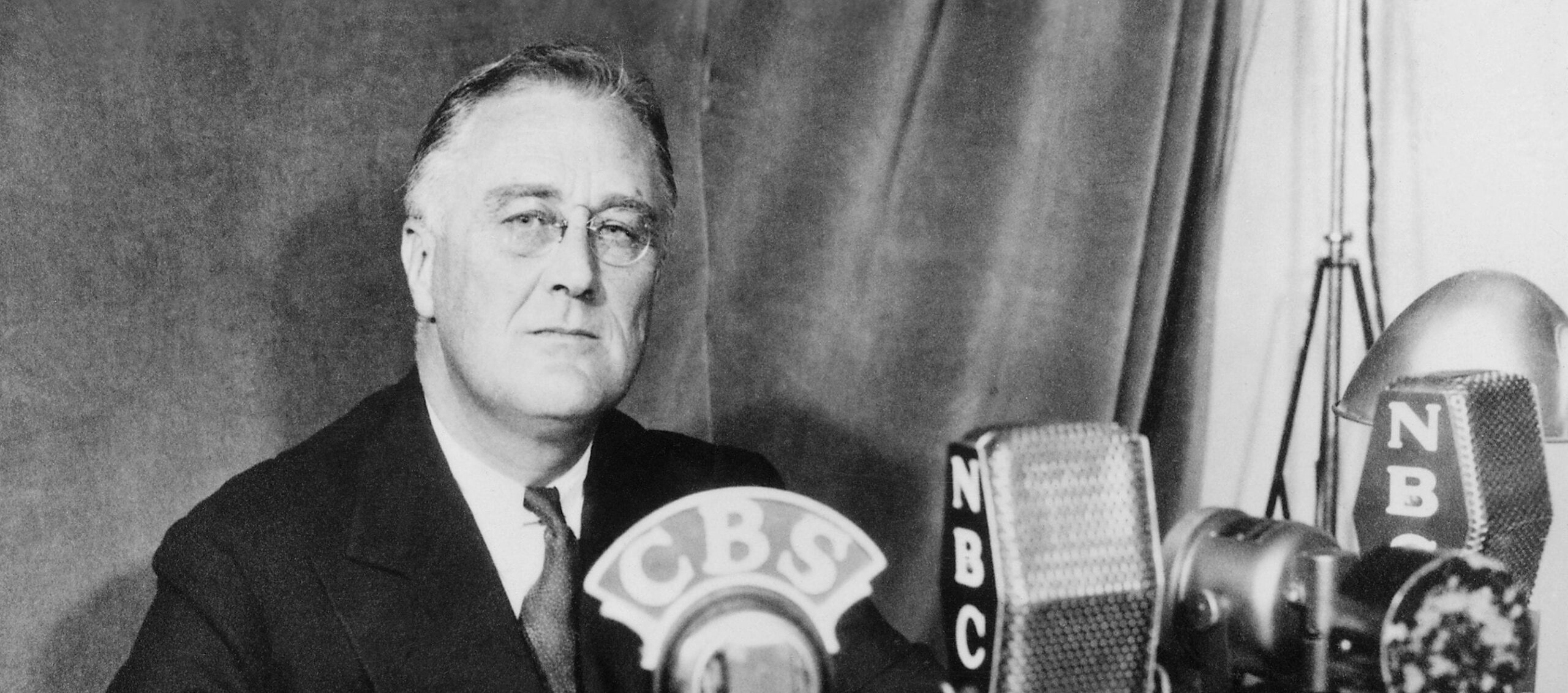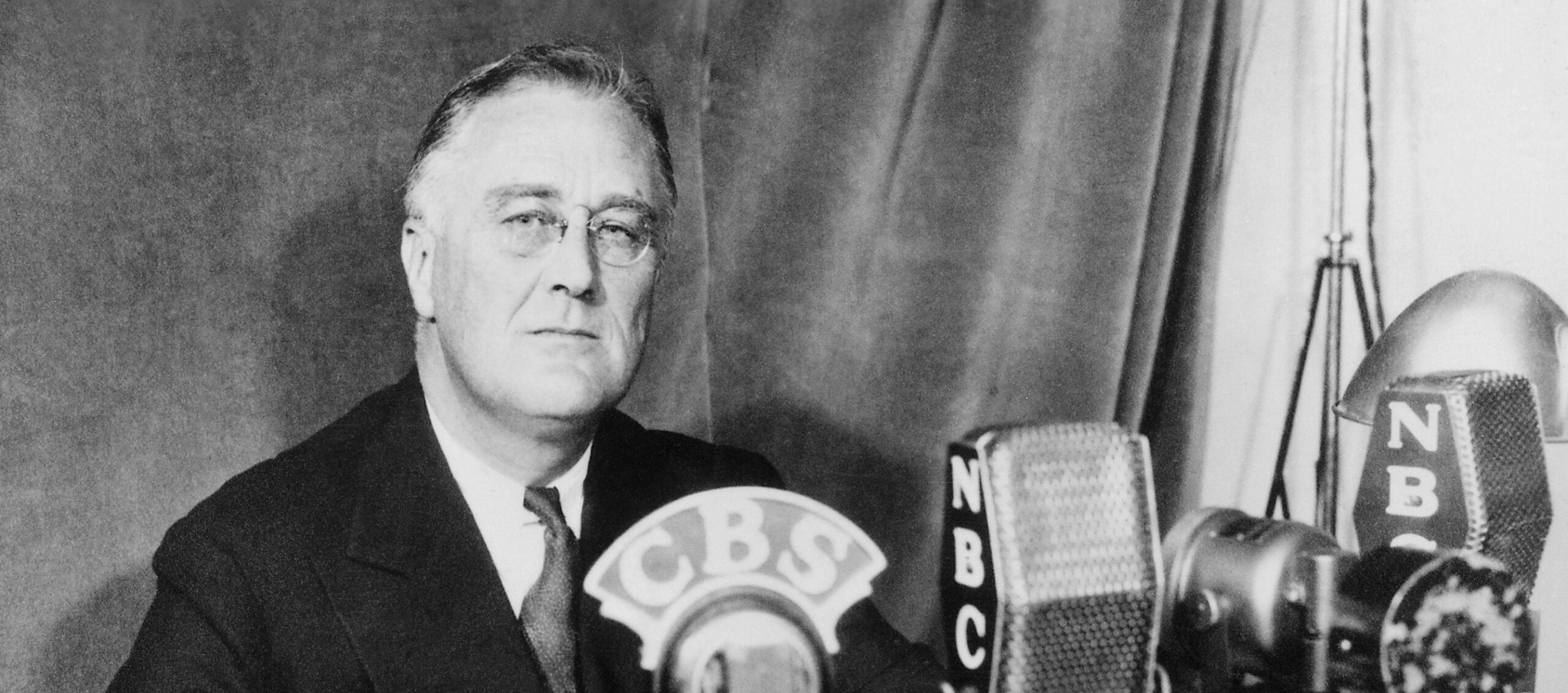

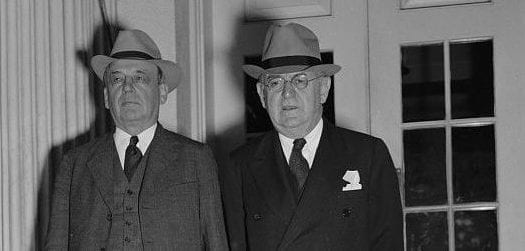
No related resources
Introduction
In 1936, Franklin Roosevelt appointed a committee to recommend measures to reorganize the executive branch. The problem was that the New Deal created more offices and agencies in the executive branch than Roosevelt could oversee without help. The committee was chaired by Louis D. Brownlow, and it included two political scientists, Charles E. Merriam and Luther Gulick. The Brownlow Committee recommended a vast overhaul of the executive branch, the hiring of new assistants, and the creation of the Executive Office of the President (EOP). The report proved controversial, and Congress delayed approval until 1939. At that time, it approved a less ambitious plan for the reorganization of the Executive branch. Later presidents, however, would expand the EOP, fashioning it into the nerve center of the modern administrative state.
While it is true that the staff in the EOP serve at the pleasure of the president and are there to provide the president with expert advice, it is also true that the EOP is yet another layer of administration that the president has to manage. Moreover, although the authors of the Brownlow Committee argued that the staff in the EOP would be high in physical “vigor” and have a “passion for anonymity,” the modern EOP is filled with men and women who sometimes have their own ambitions.
Source: The President’s Committee on Administrative Management, “Report of the Committee with Studies of Administrative Management in the Federal Government” (Washington, D. C.: United States Government Printing Office, 1937), 1–6.
The American Executive
The need for action in realizing democracy was as great in 1789 as it is today. It was thus not by accident but by deliberate design that the founding fathers set the American Executive in the Constitution on a solid foundation. Sad experience under the Articles of Confederation, with an almost headless Government and committee management, had brought the American Republic to the edge of ruin. Our forefathers had broken away from hereditary government and pinned their faith on democratic rule, but they had not found a way to equip the new democracy for action. Consequently, there was grim purpose in resolutely providing for a Presidency which was to be a national office. The President is indeed the one and only national officer representative of the entire Nation. There was hesitation on the part of some timid souls in providing the President with an election independent of the Congress; with a longer term than most governors of that day; with the duty of informing the Congress as to the state of the Union and of recommending to its consideration “such Measures as he shall judge necessary and expedient”; with a two-thirds veto; with a wide power of appointment; and with military and diplomatic authority. But this reluctance was overcome in the face of need and a democratic executive established.
Equipped with these broad constitutional powers, re-enforced by statute, by custom, by general consent, the American Executive must be regarded as one of the very greatest contributions made by our Nation to the development of modern democracy – a unique institution the value of which is as evident in times of stress and strain as in periods of quiet.
As an instrument for carrying out the judgment and will of the people of a nation, the American Executive occupies an enviable position among the executives of the states of the world, combining as it does the elements of popular control and the means for vigorous action and leadership – uniting stability and flexibility. The American Executive as an institution stands across the path of those who mistakenly assert that democracy must fail because it can neither decide promptly nor act vigorously.
Our Presidency unites at least three important functions. From one point of view the President is a political leader – leader of a party, leader of the Congress, leader of a people. From another point of view, he is head of the Nation in the ceremonial sense of the term, the symbol of our American national solidarity. From still another point of view the President is the Chief Executive and administrator within the Federal system and service. In many types of government these duties are divided or only in part combined, but in the United States they have always been united in one and the same person whose duty it is to perform all of these tasks.
Your Committee on Administrative Management has been asked to investigate and report particularly upon the last function; namely, that of administrative management – the organization for the performance of the duties imposed upon the President in exercising the executive power vested in him by the Constitution of the United States. . . .
Modernizing our Governmental Management
In the light of these canons of efficiency, what must be said of the Government of the United States today? Speaking in the broadest terms at this point, and in detail later on, we find in the American Government at the present time that the effectiveness of the Chief Executive is limited and restricted, in spite of the clear intent of the Constitution to the contrary; that the work of the Executive Branch is badly organized; that the managerial agencies are weak and out of date; that the public service does not include its share of men and women of outstanding capacity and character; and that the fiscal and auditing systems are inadequate. These weaknesses are found at the center of our Government and involve the office of the Chief Executive itself.
While in general principle our organization of the Presidency challenges the admiration of the world, yet in equipment for administrative management our Executive Office is not fully abreast of the trend of our American times, either in business or in government. Where, for example, can there be found an executive in any way comparable upon whom so much petty work is thrown? Or who is forced to see so many persons on unrelated matters and to make so many decisions on the basis of what may be, because of the very press of work, incomplete information? How is it humanly possible to know fully the affairs and problems of over 100 separate major agencies, to say nothing of being responsible for their general direction and coordination?
These facts have been known for many years and are so well appreciated that it is not necessary for us to prove again that the President’s administrative equipment is far less developed than his responsibilities, and that a major task before the American Government is to remedy this dangerous situation. What we need is not a new principle, but a modernizing of our managerial equipment. . . . On the basis of [prior experience reorganizing state governments] and our examination of the Executive Branch we conclude that the following steps should now be taken:
- To deal with the greatly increased duties of executive management falling upon the President the White House staff should be expanded.
- The managerial agencies of the Government, particularly those dealing with the budget, efficiency research, personnel, and planning, should be greatly strengthened and developed as arms of the Chief Executive.
- The merit system should be extended upward, outward, and downward to cover all non-policy-determining posts, and the civil service system should be reorganized and opportunities established for a career system attractive to the best talent of the Nation.
- The whole Executive Branch of the Government should be overhauled and the present 100 agencies reorganized under a few large departments in which every executive activity would find its place.
- The fiscal system should be extensively revised in the light of the best governmental and private practice, particularly with reference to financial records, audit, and accountability of the Executive to the Congress.
These recommendations are explained and discussed in the following sections of this report.
The Purpose of Reorganization
In proceeding to the reorganization of the Government it is important to keep prominently before us the ends of reorganization. Too close a view of machinery must not cut off from sight the true purpose of efficient management. Economy is not the only objective, though reorganization is the first step to savings; the elimination of duplication and contradictory policies is not the only objective, though this will follow; a simple and symmetrical organization is not the only objective, though the new organization will be simple and symmetrical; higher salaries and better jobs are not the only objectives, though these too are demanded. There is but one grand purpose, namely, to make democracy work today in our National Government; that is, to make our Government an up-to-date, efficient, and effective instrument for carrying out the will of the Nation. It is for this purpose that the Government needs thoroughly modern tools of management. . . .
The White House Staff
In this broad program of administrative reorganization the White House staff is involved. The President needs help. His immediate staff assistance is entirely inadequate. He should be given a small number of executive assistants who would be his direct aides in dealing with the managerial agencies and administrative departments of the Government. These assistants, probably not exceeding six in number, would be in addition to his present secretaries, who deal with the public, with the Congress, and with the press and the radio. These aides would have no power to make decisions or issue instructions in their own right. They would not be interposed between the President and the heads of his departments. They would not be assistant presidents in any sense. Their function would be, when any matter was presented to the President for action affecting any part of the administrative work of the Government, to assist him in obtaining quickly and without delay all pertinent information possessed by any of the executive departments so as to guide him in making his responsible decisions; and then when decisions have been made, to assist him in seeing to it that every administrative department and agency affected is promptly informed. Their effectiveness in assisting the President will, we think, be directly proportional to their ability to discharge their functions with restraint. They would remain in the background, issue no orders, make no decisions, emit no public statements. Men for these positions should be carefully chosen by the President from within and without the Government. They should be men in whom the President has personal confidence and whose character and attitude is such that they would not attempt to exercise power on their own account. They should be possessed of high competence, great physical vigor, and a passion for anonymity. They should be installed in the White House itself, directly accessible to the President. In the selection of these aides the President should be free to call on departments from time to time for the assignment of persons who, after a tour of duty as his aides, might be restored to their old positions.
Annual Message to Congress (1938)
January 03, 1938
Conversation-based seminars for collegial PD, one-day and multi-day seminars, graduate credit seminars (MA degree), online and in-person.

